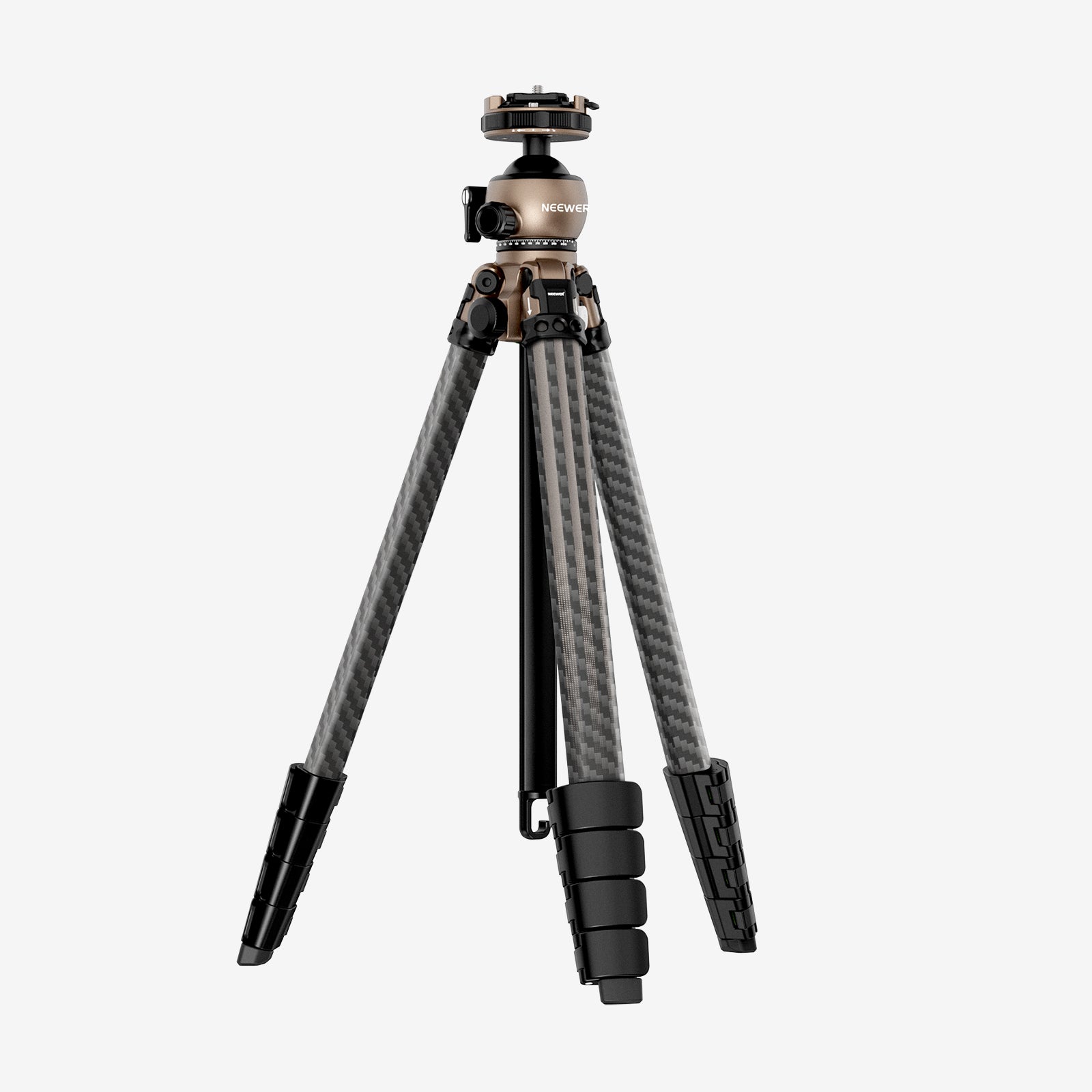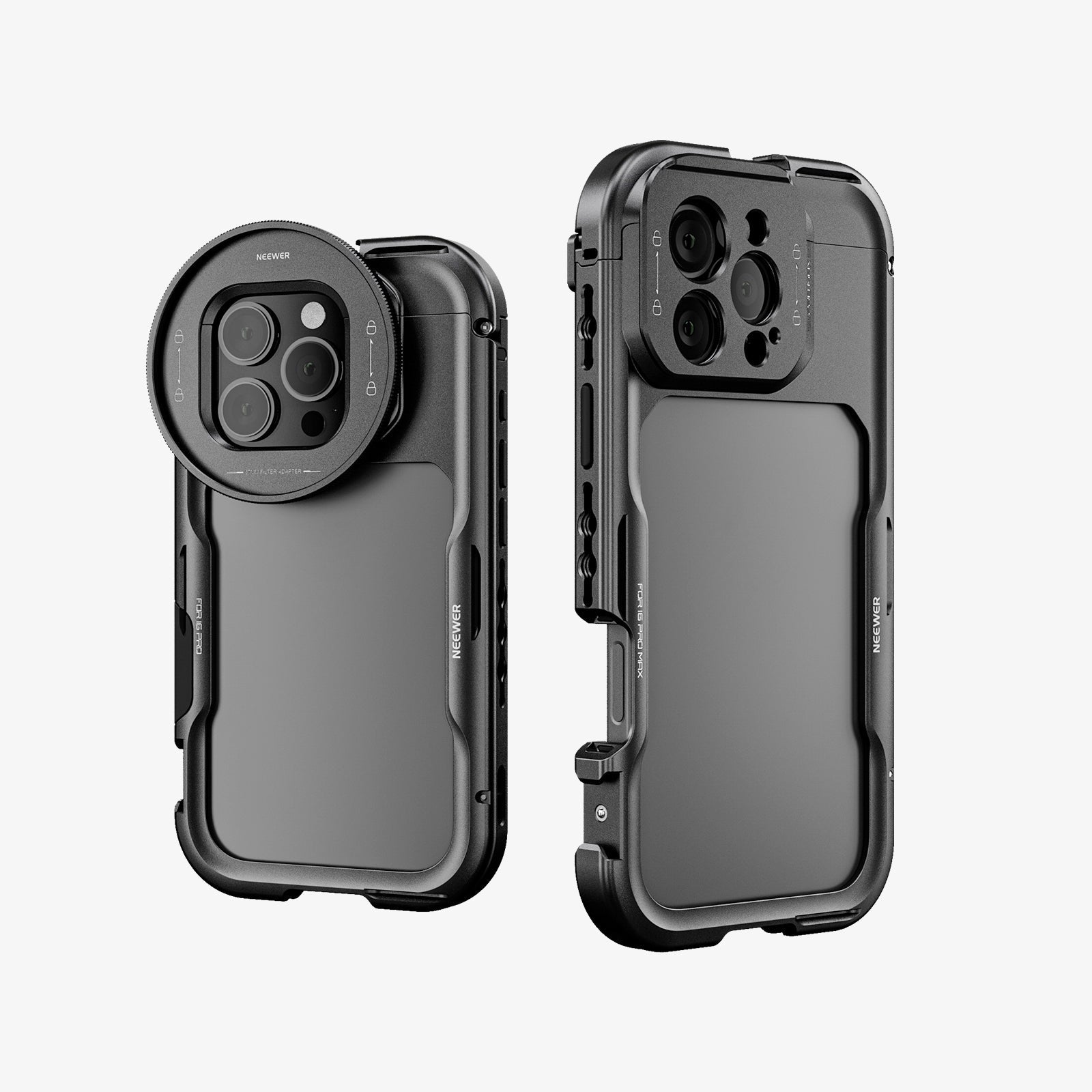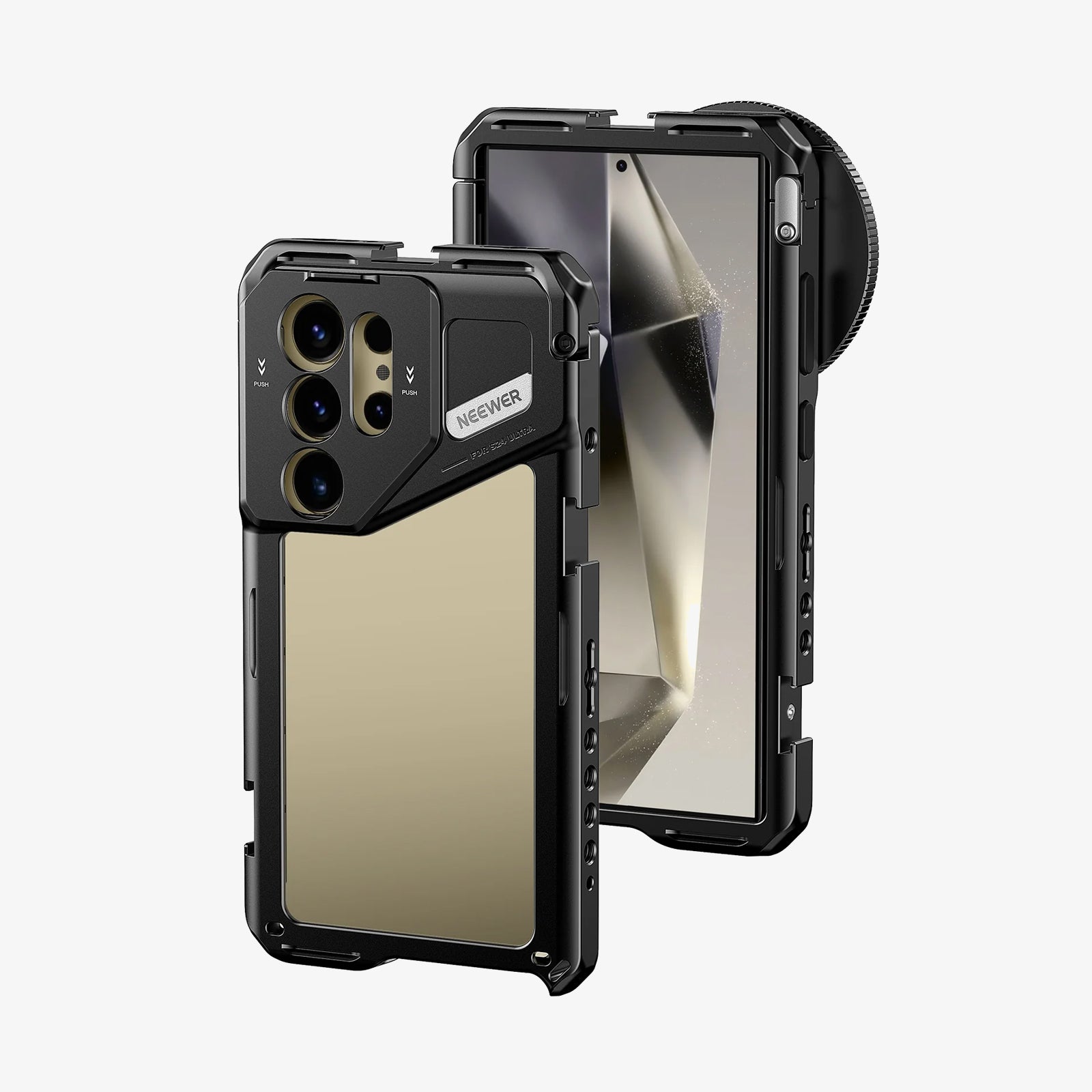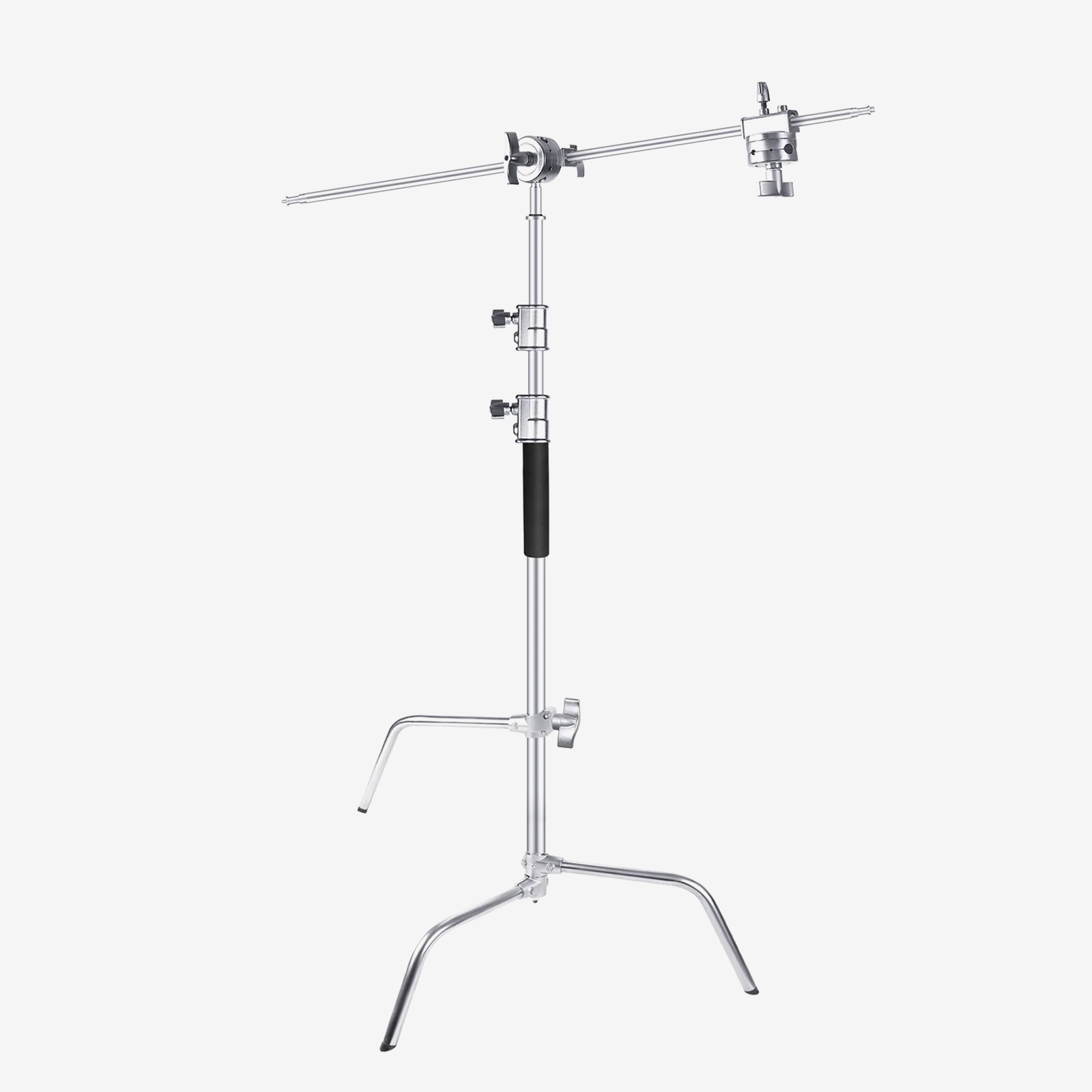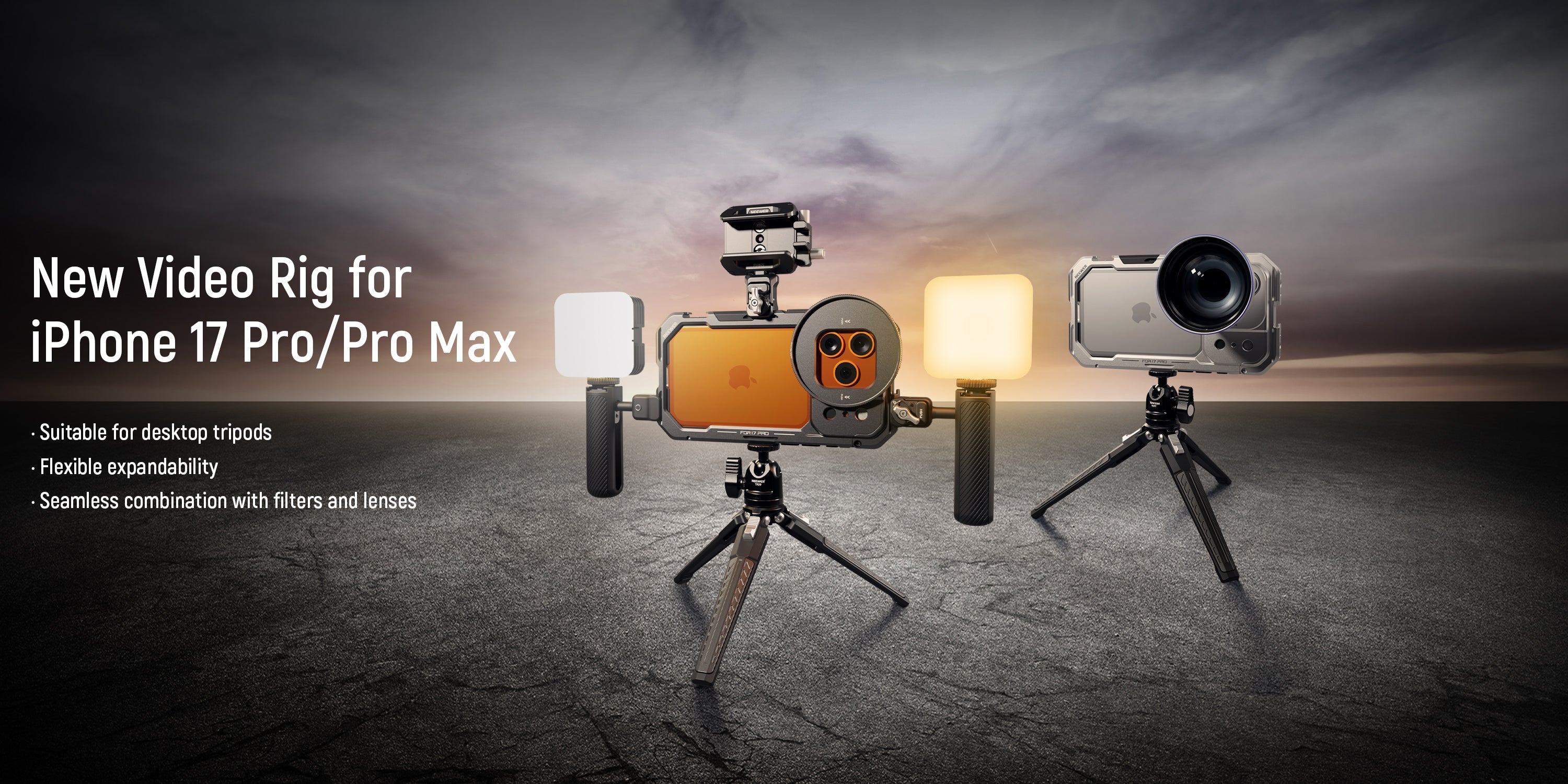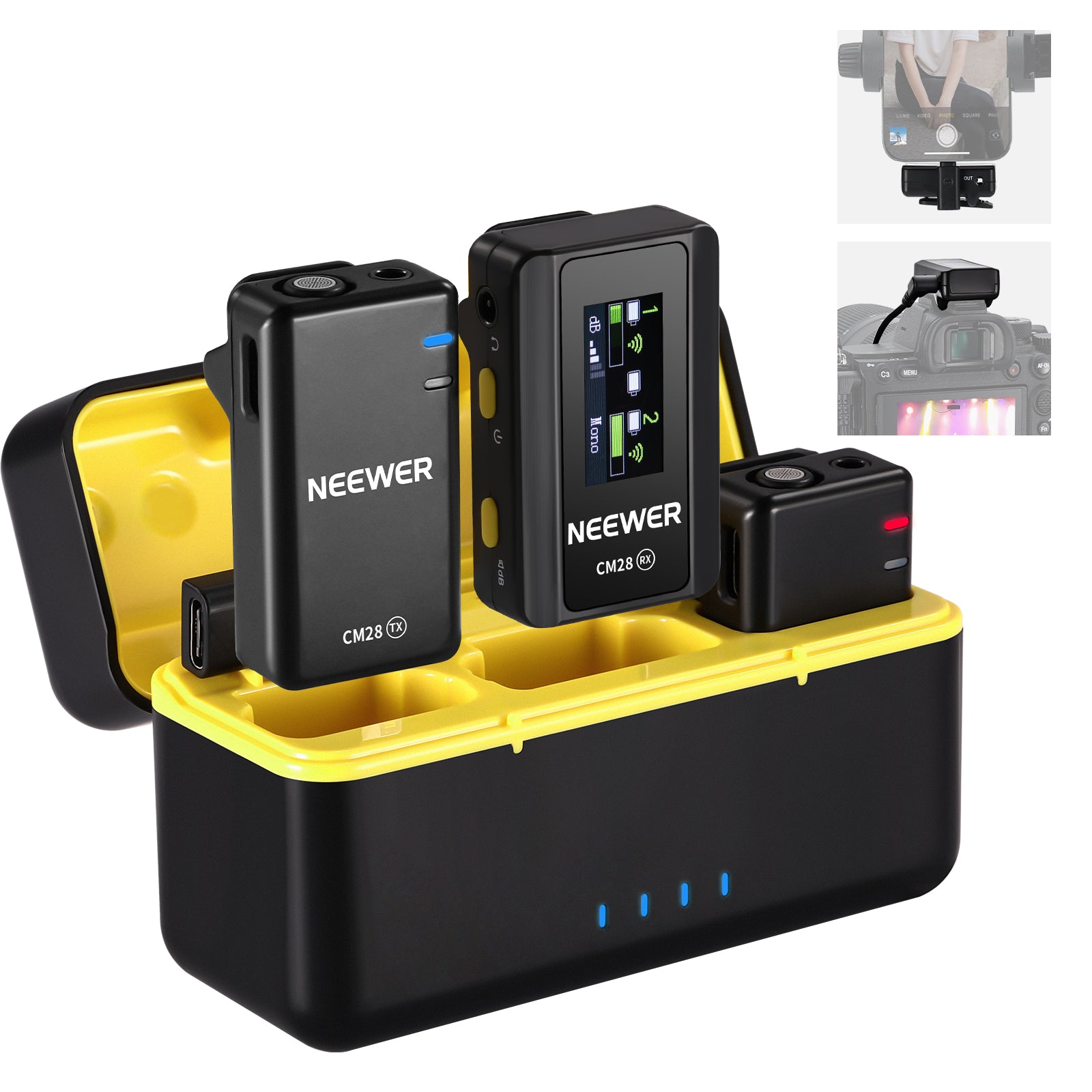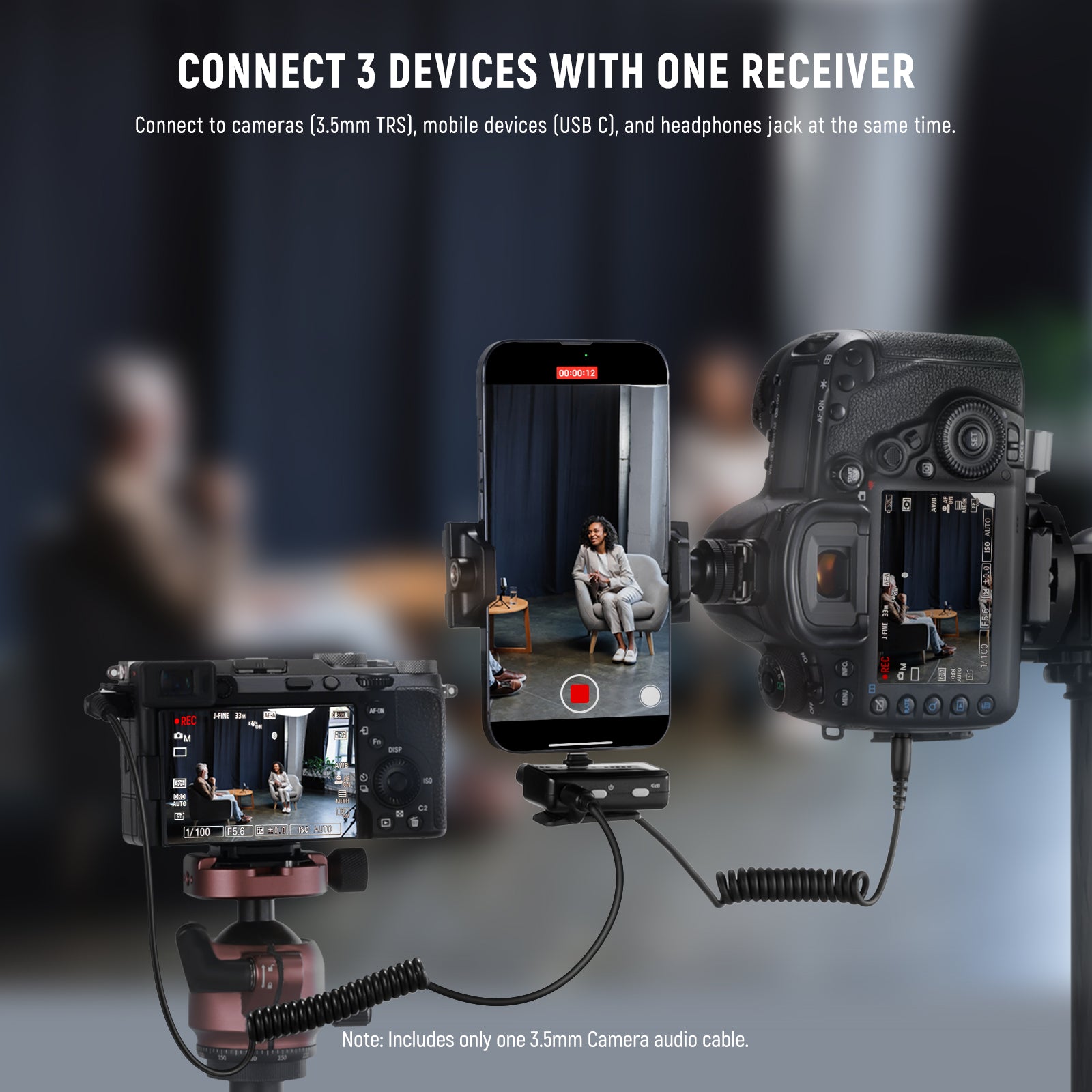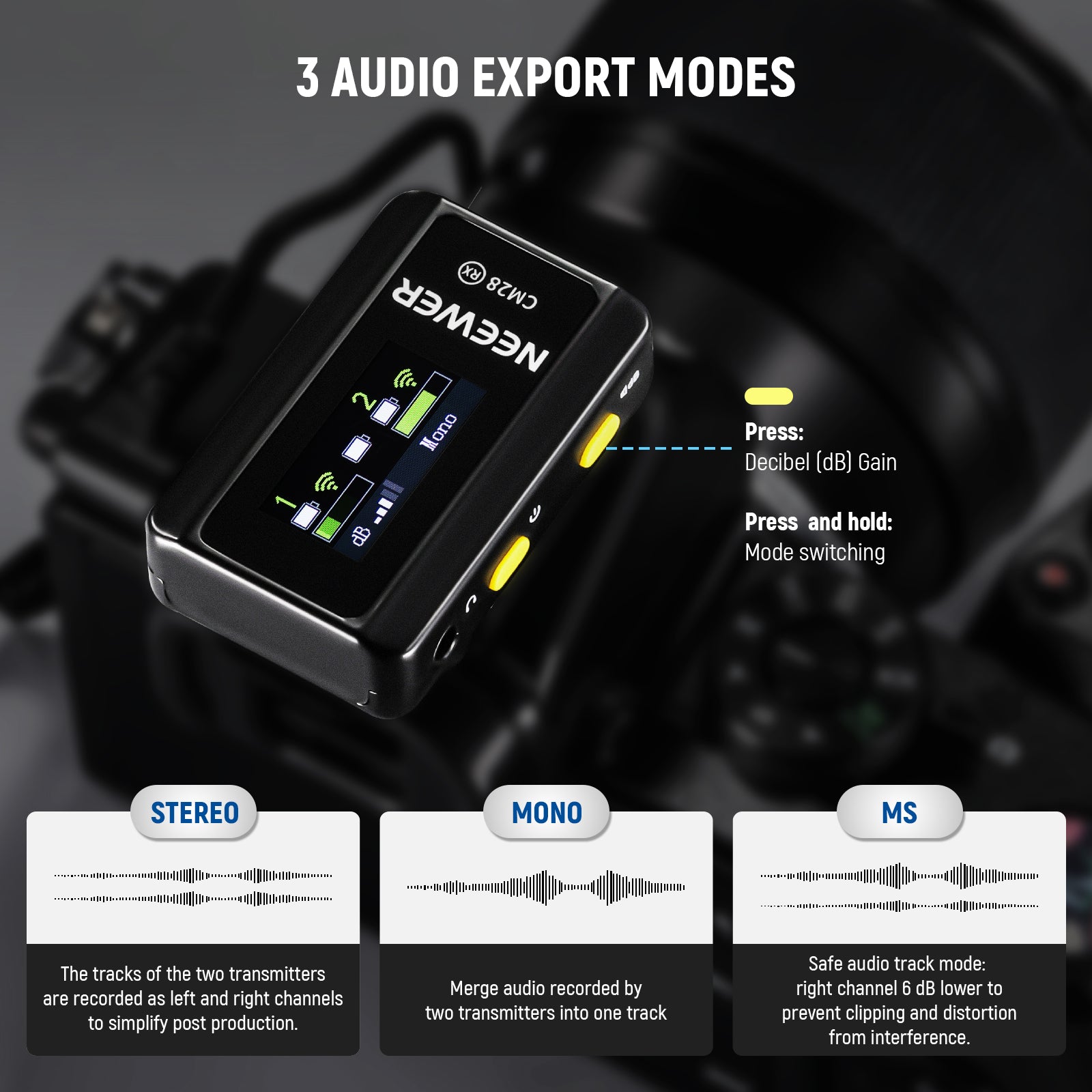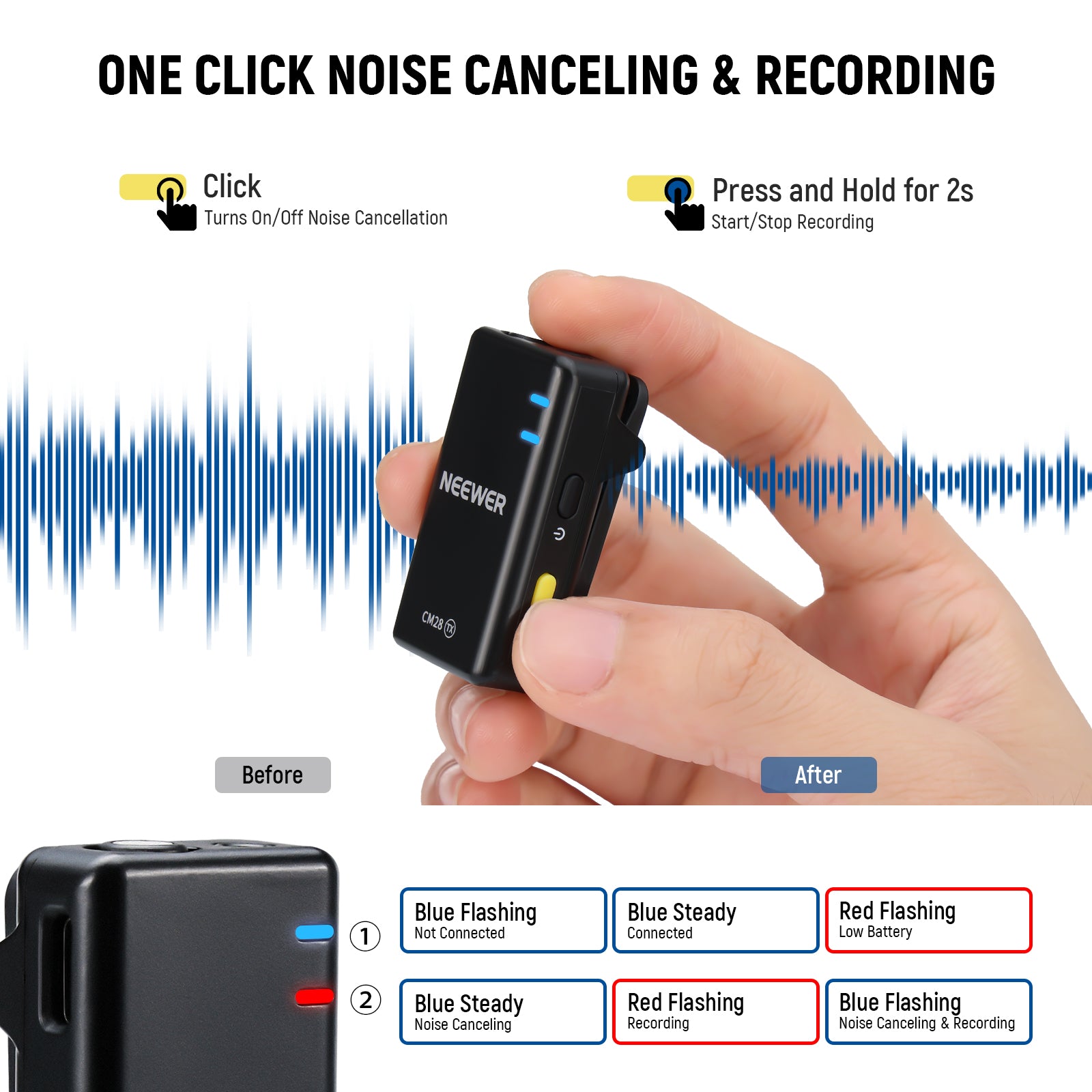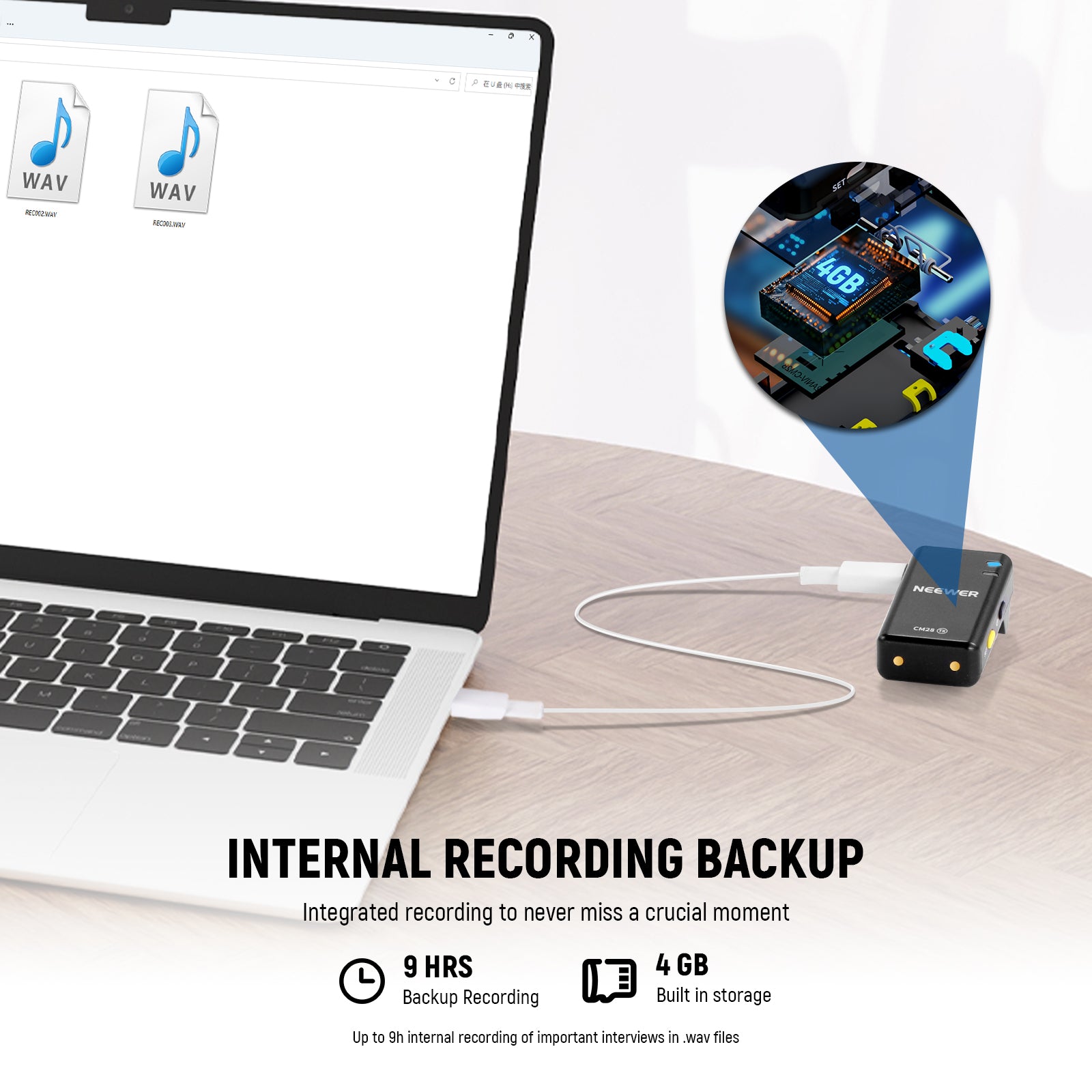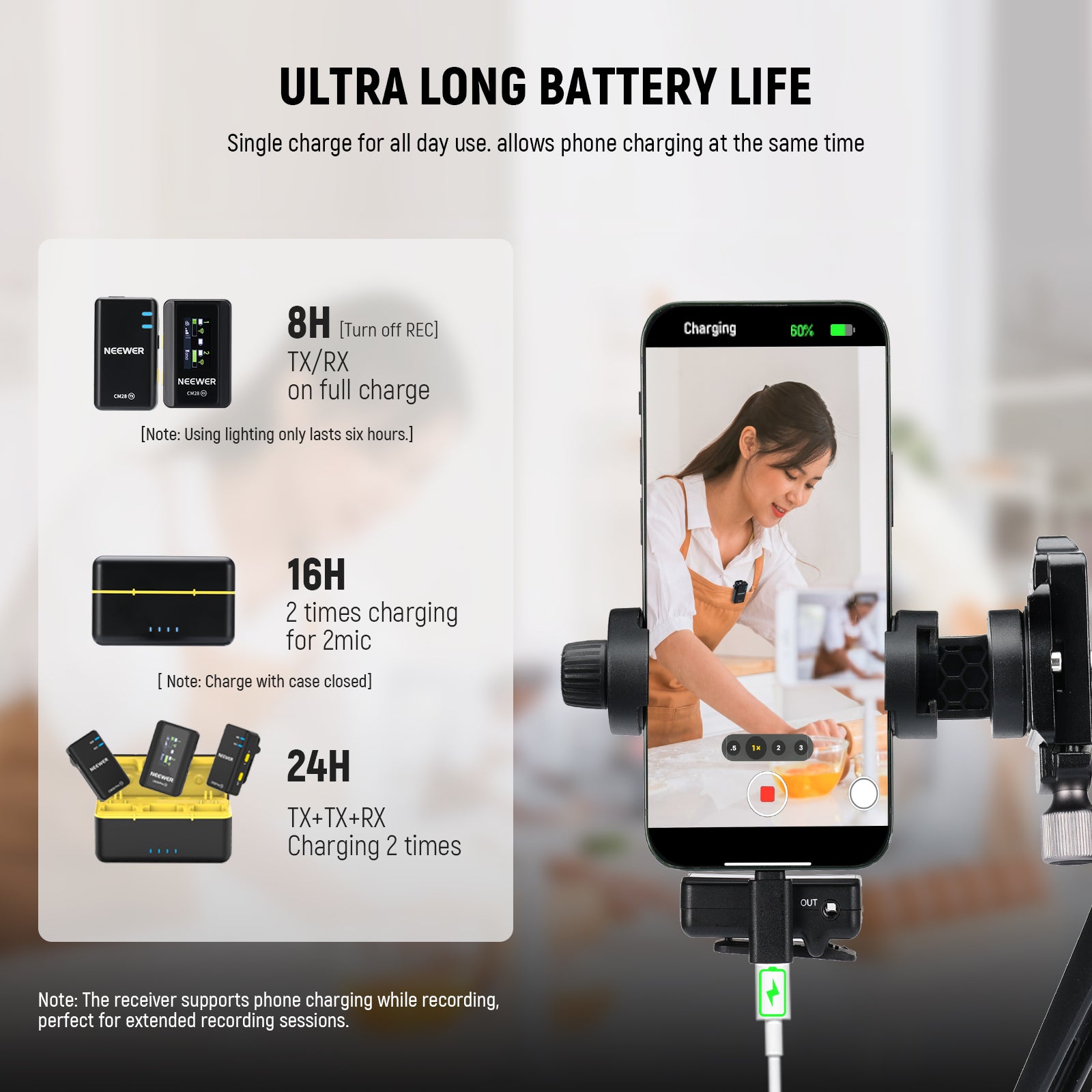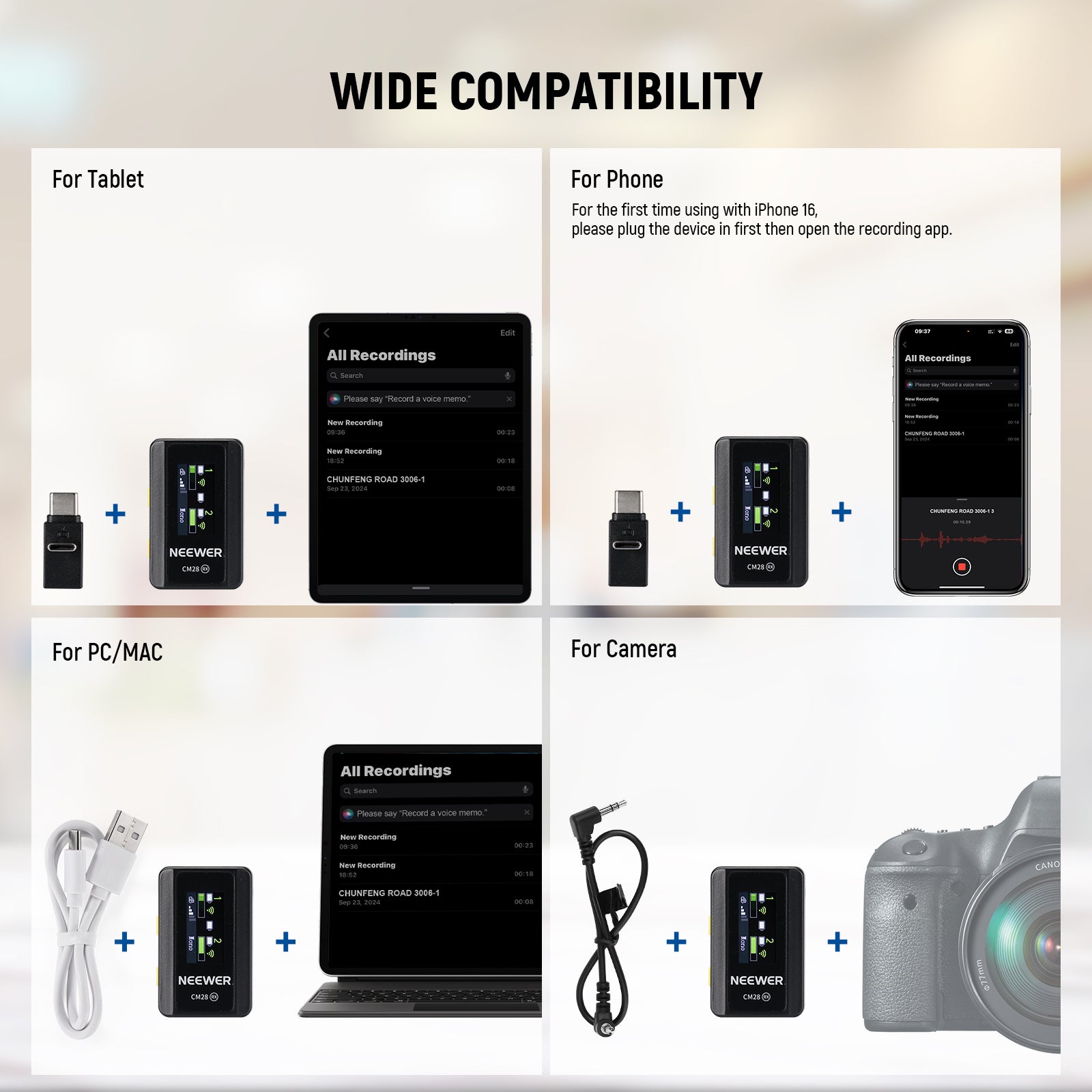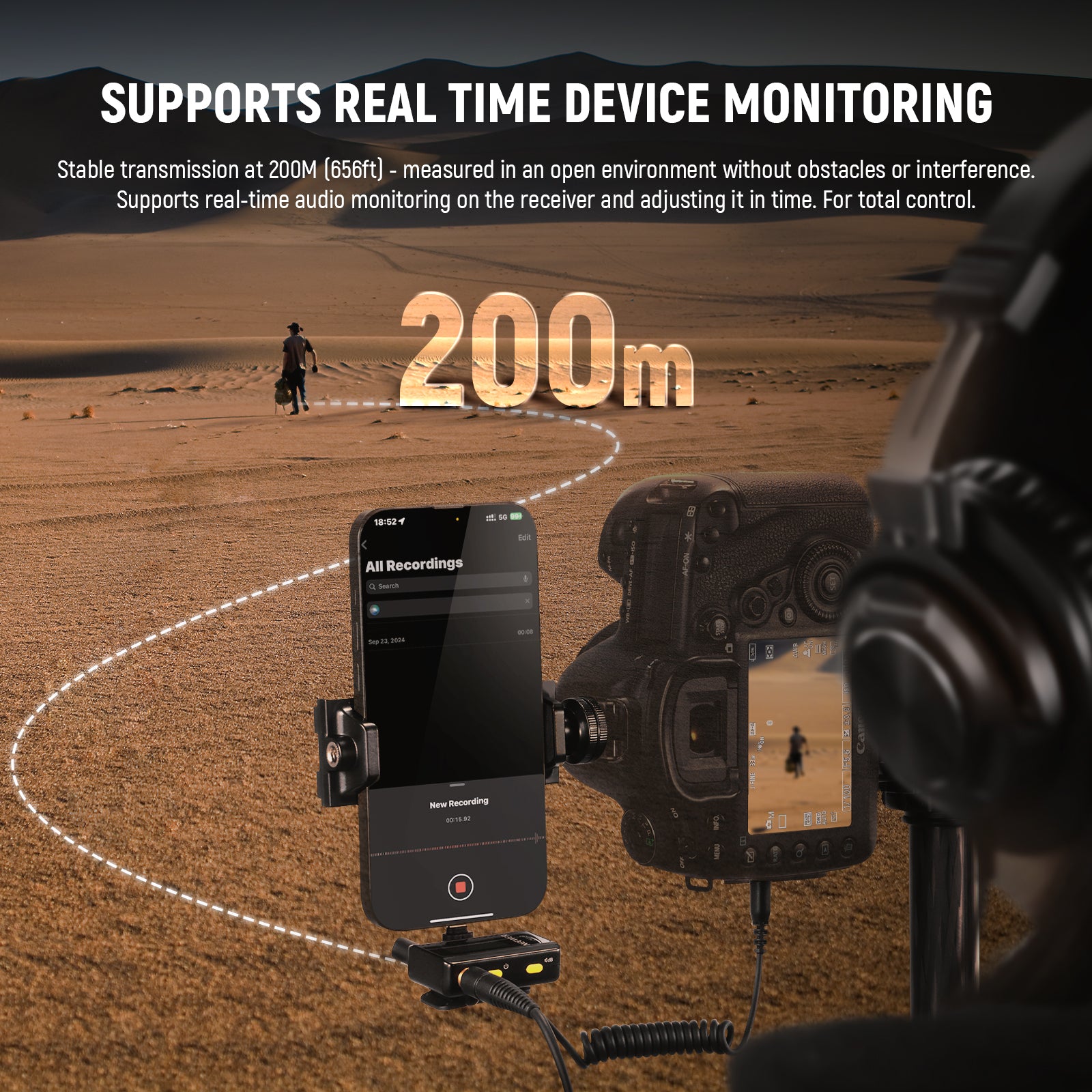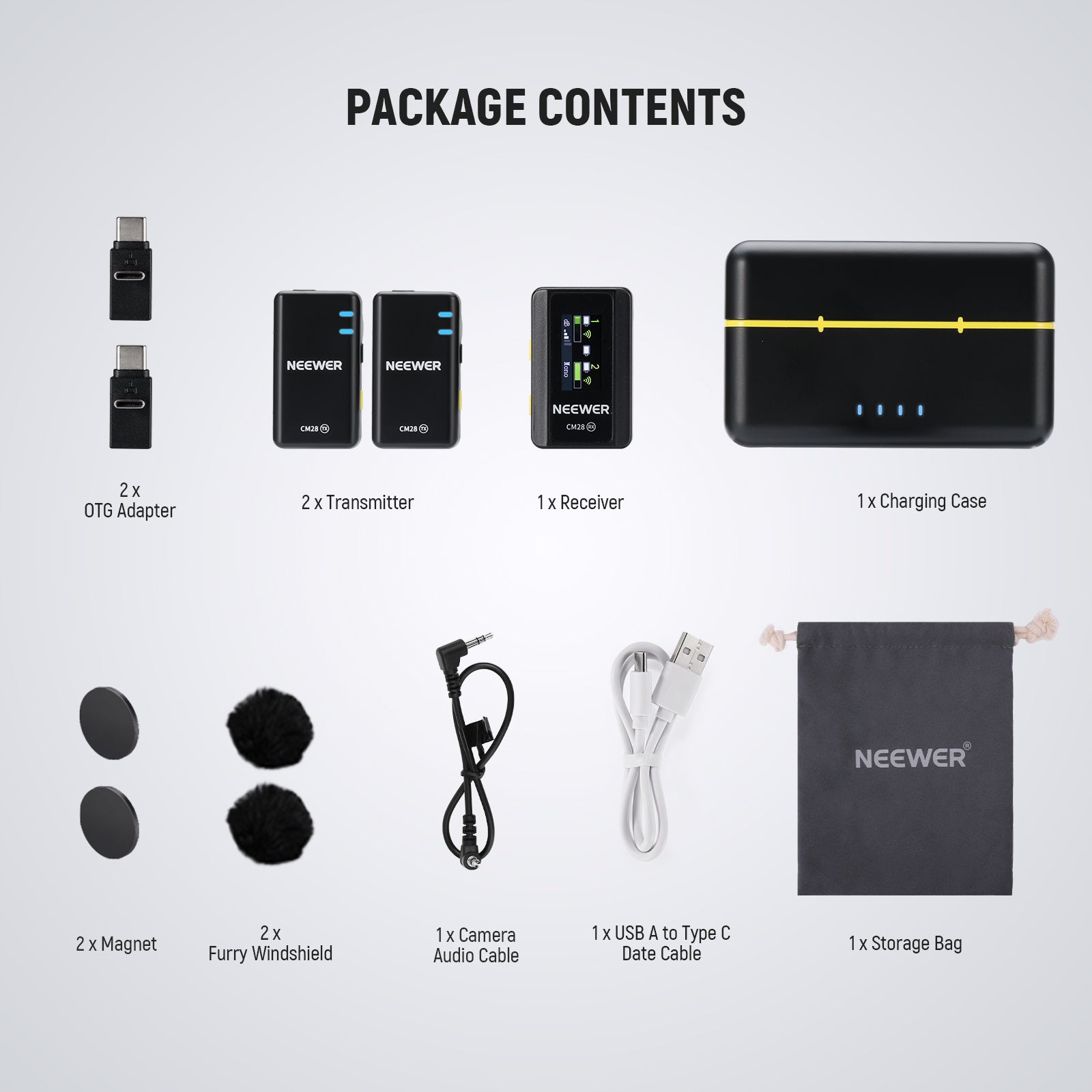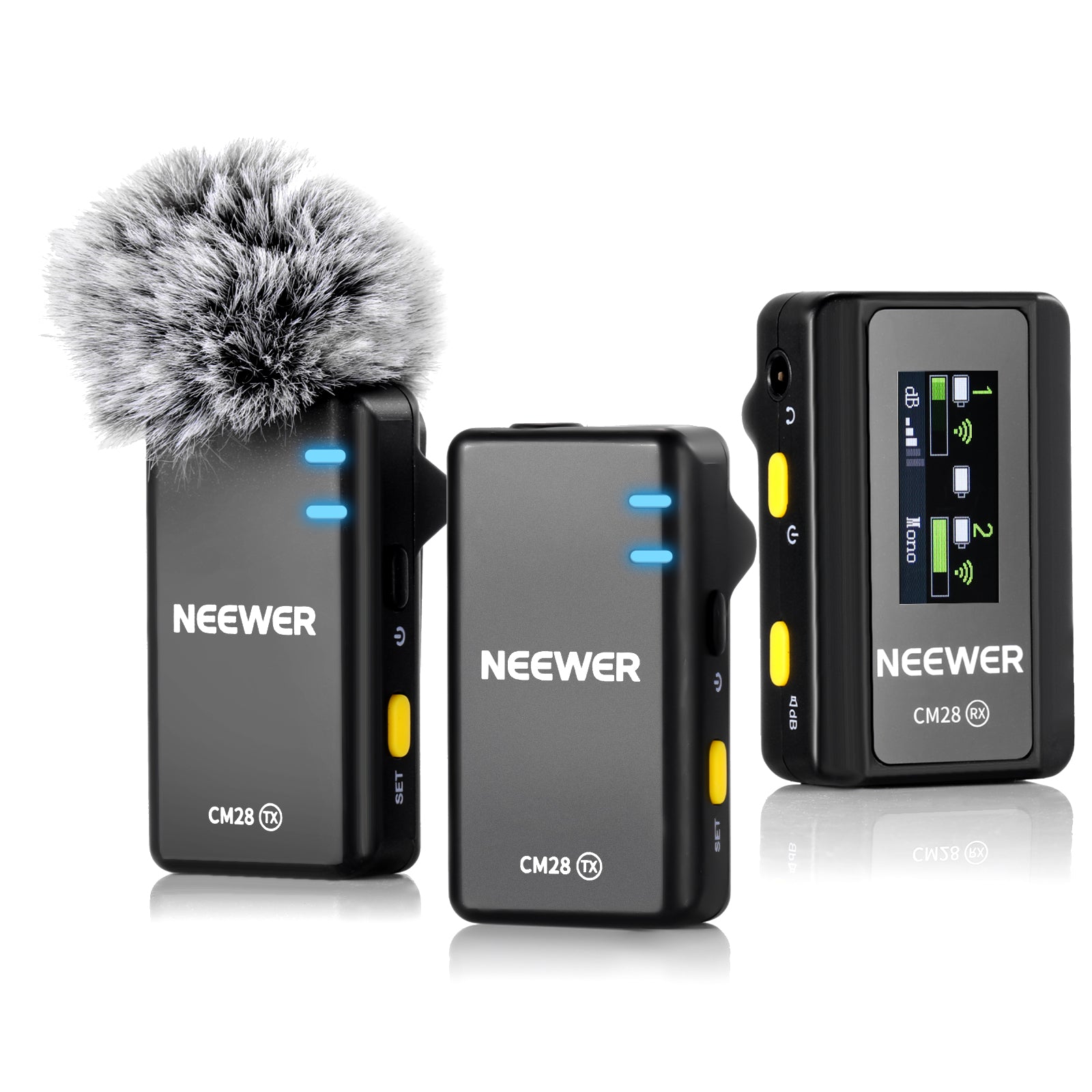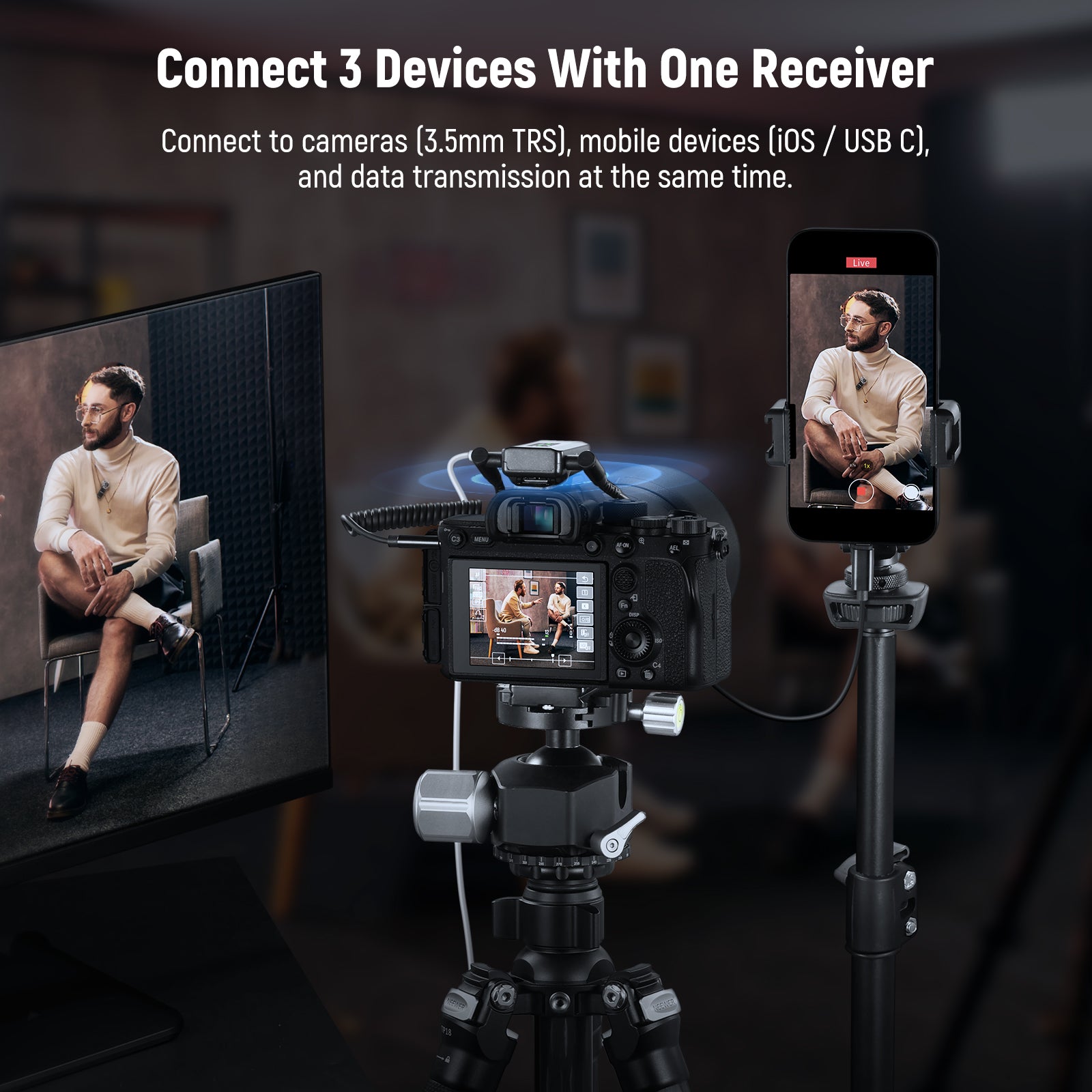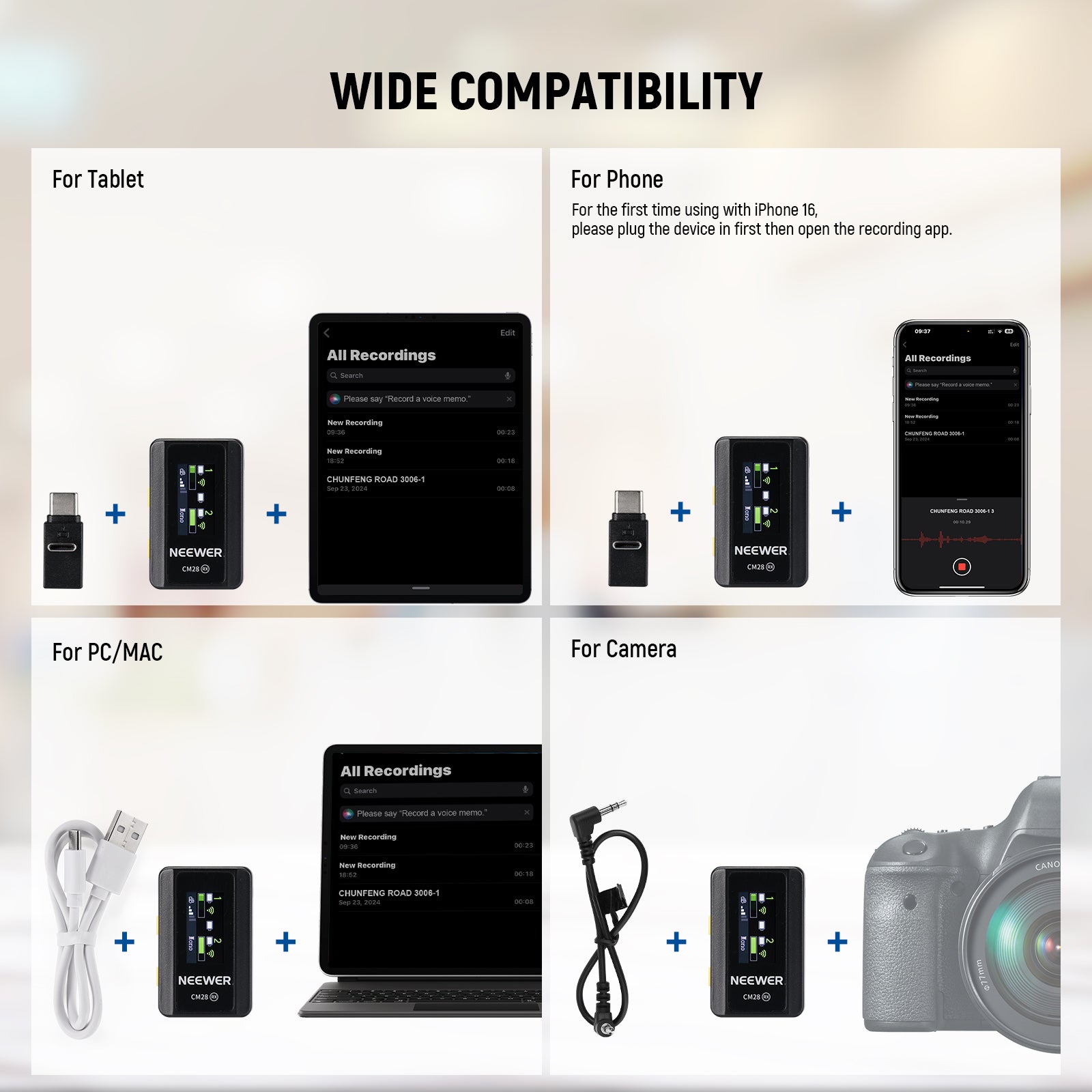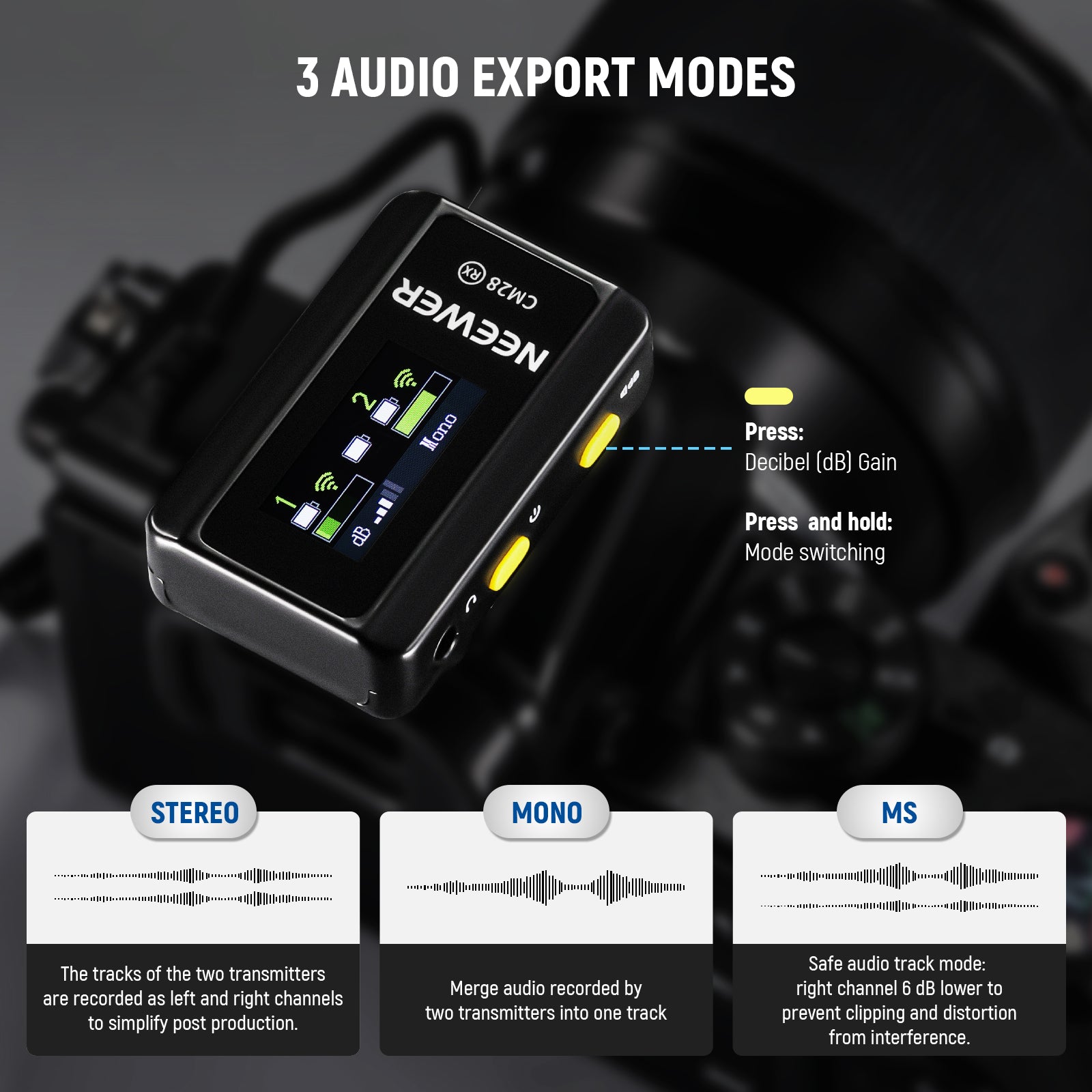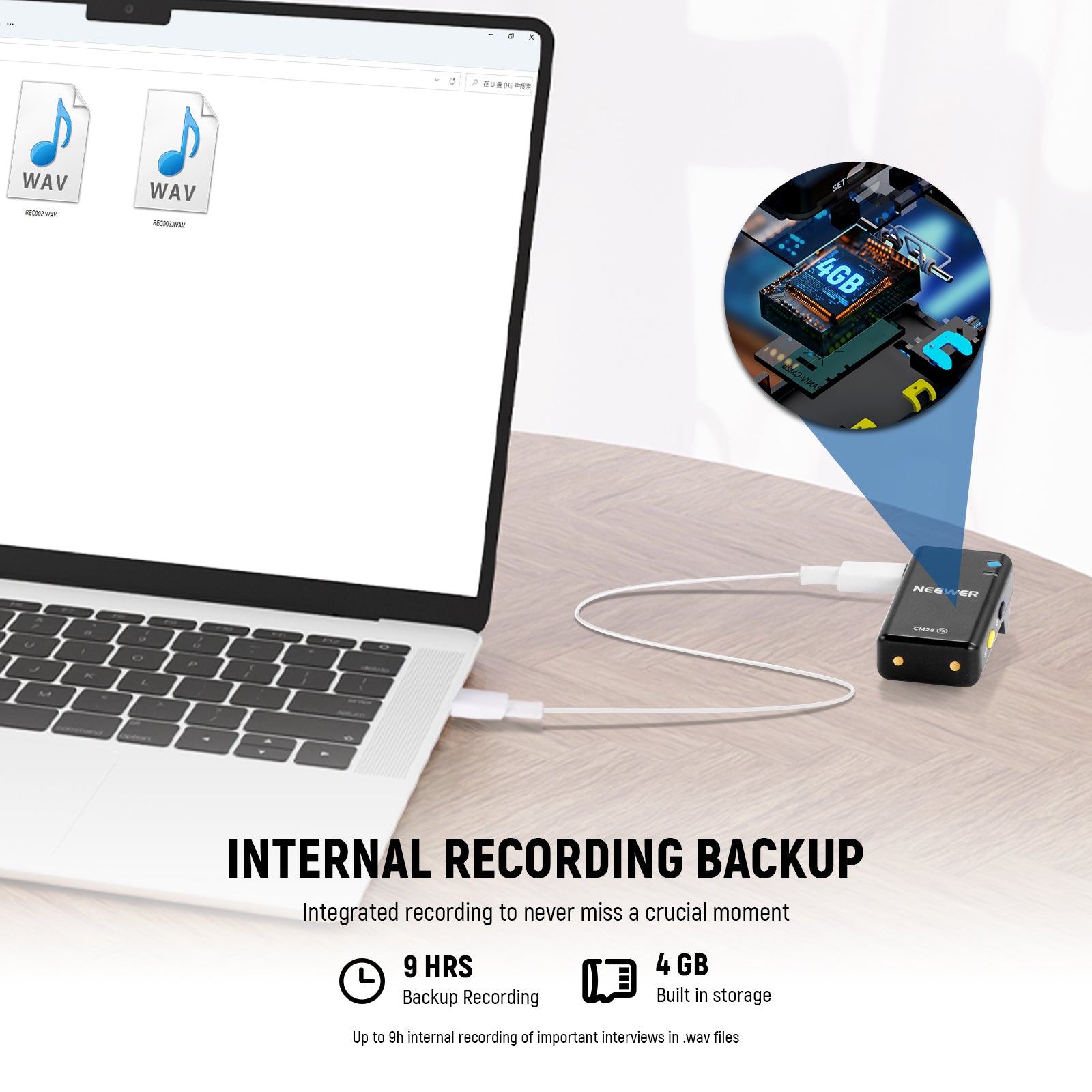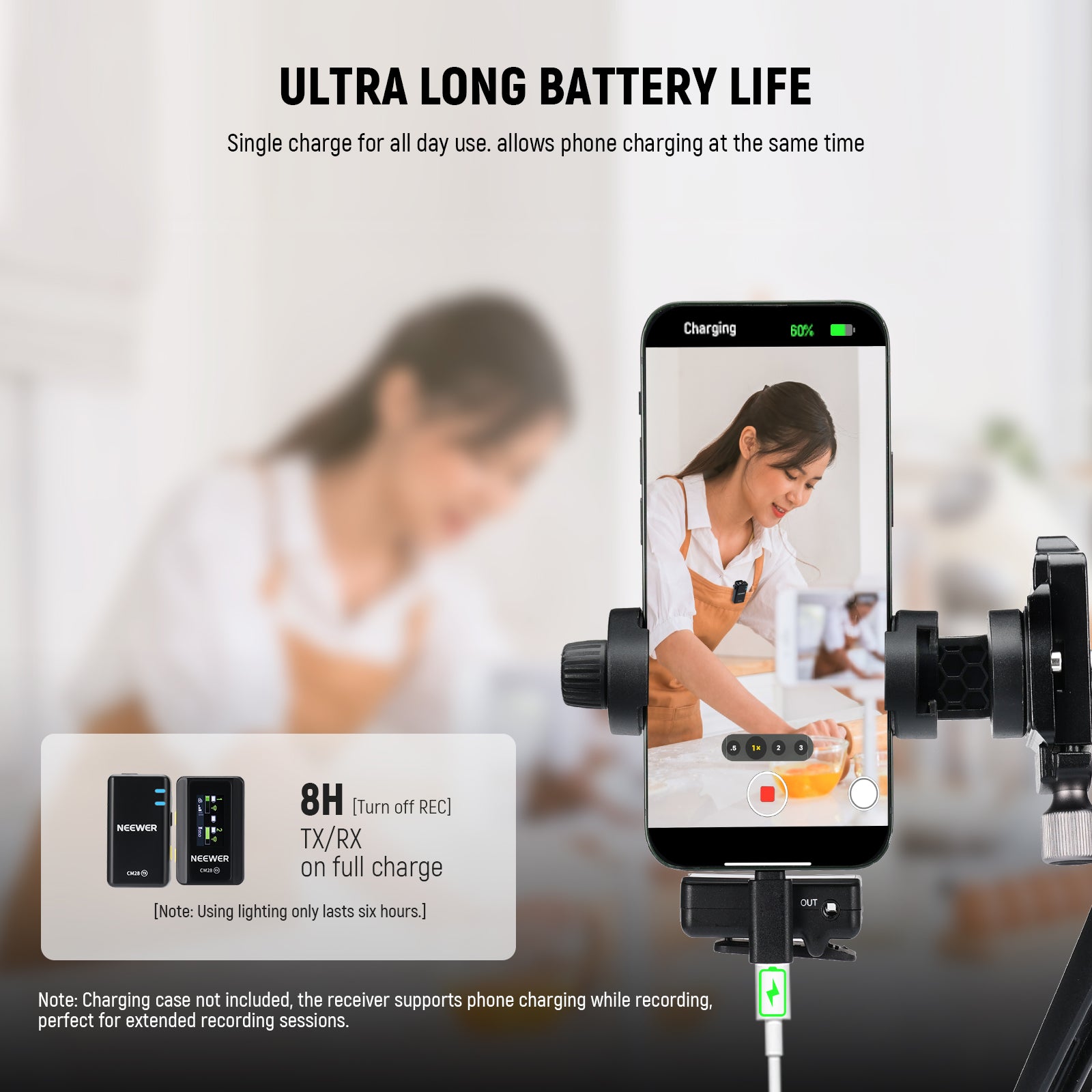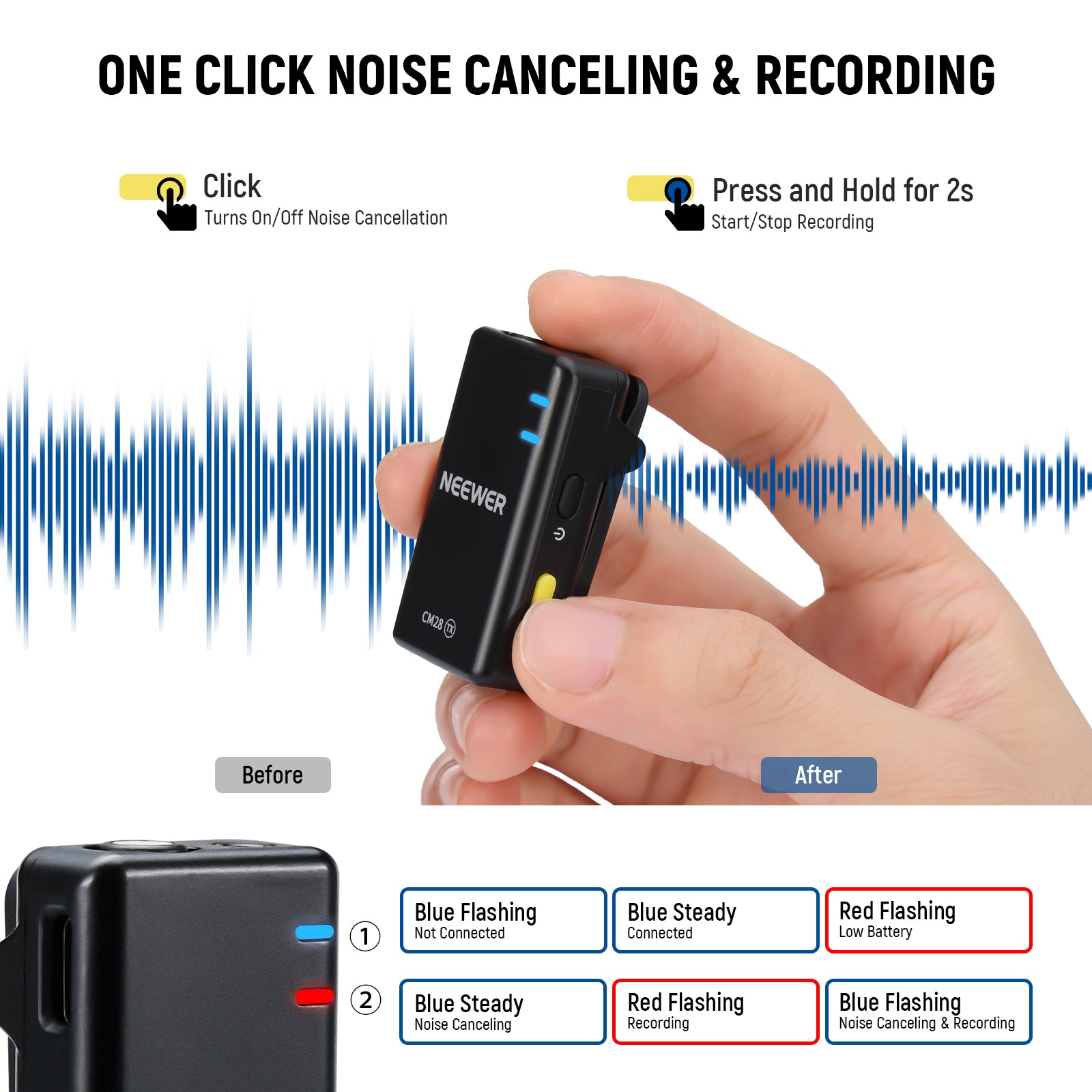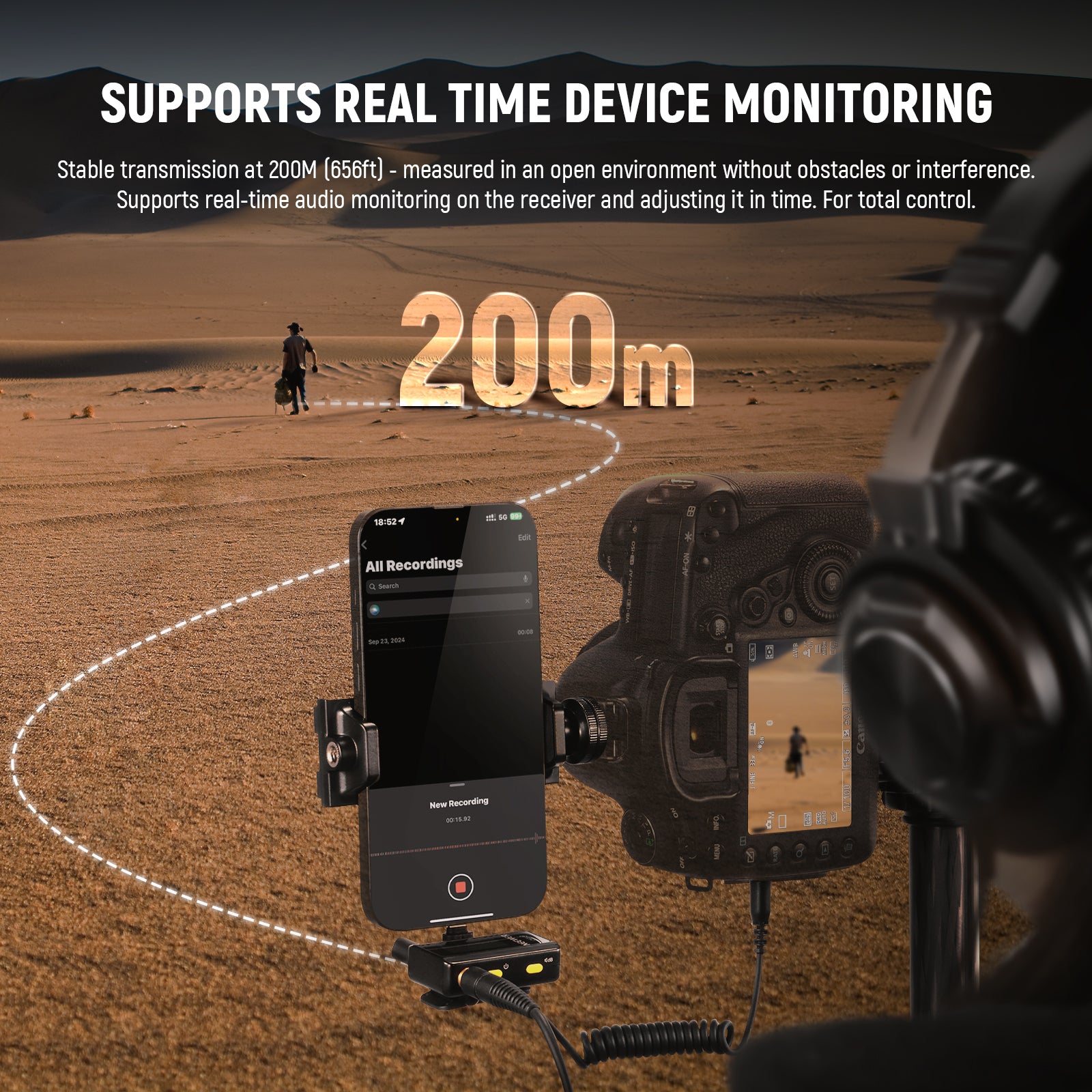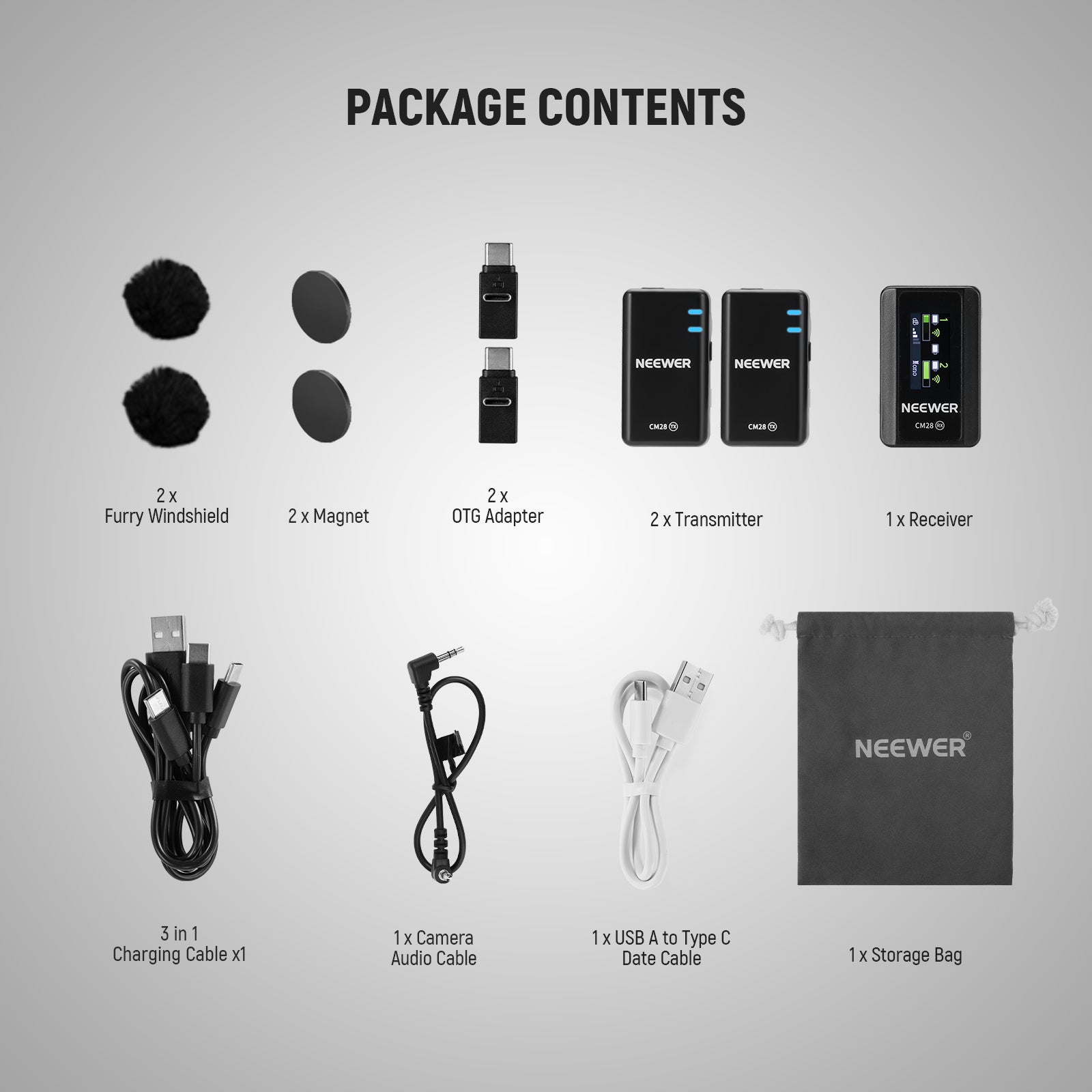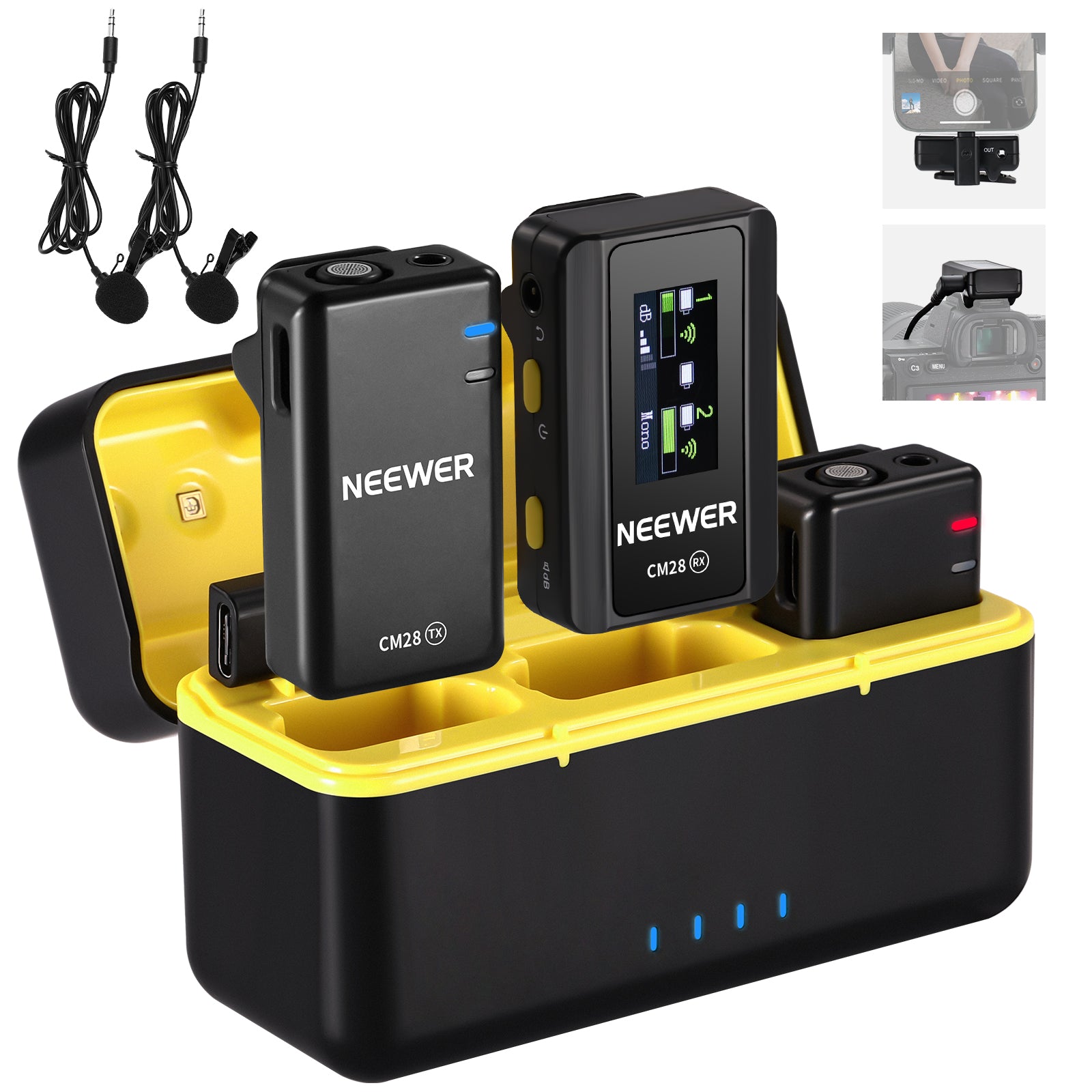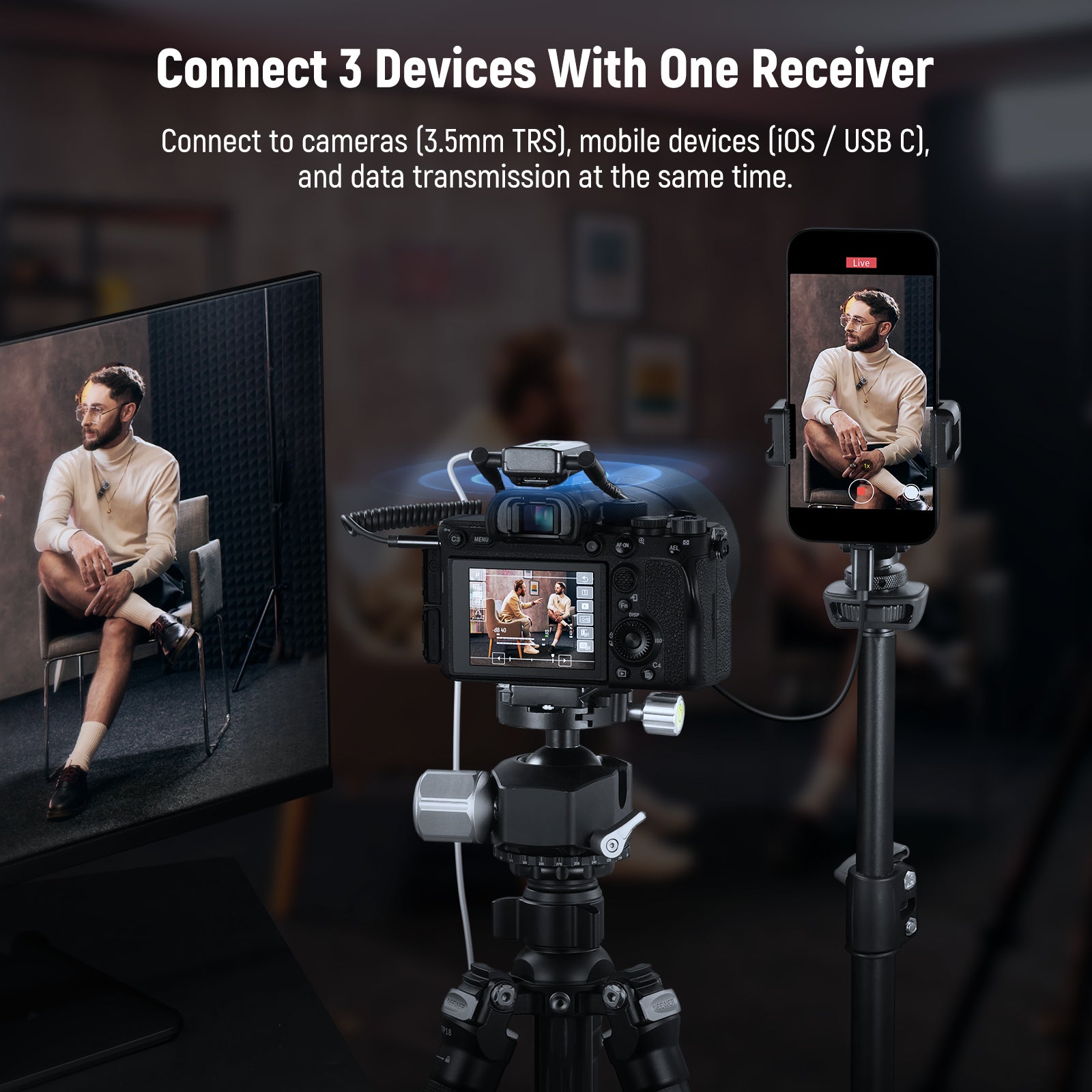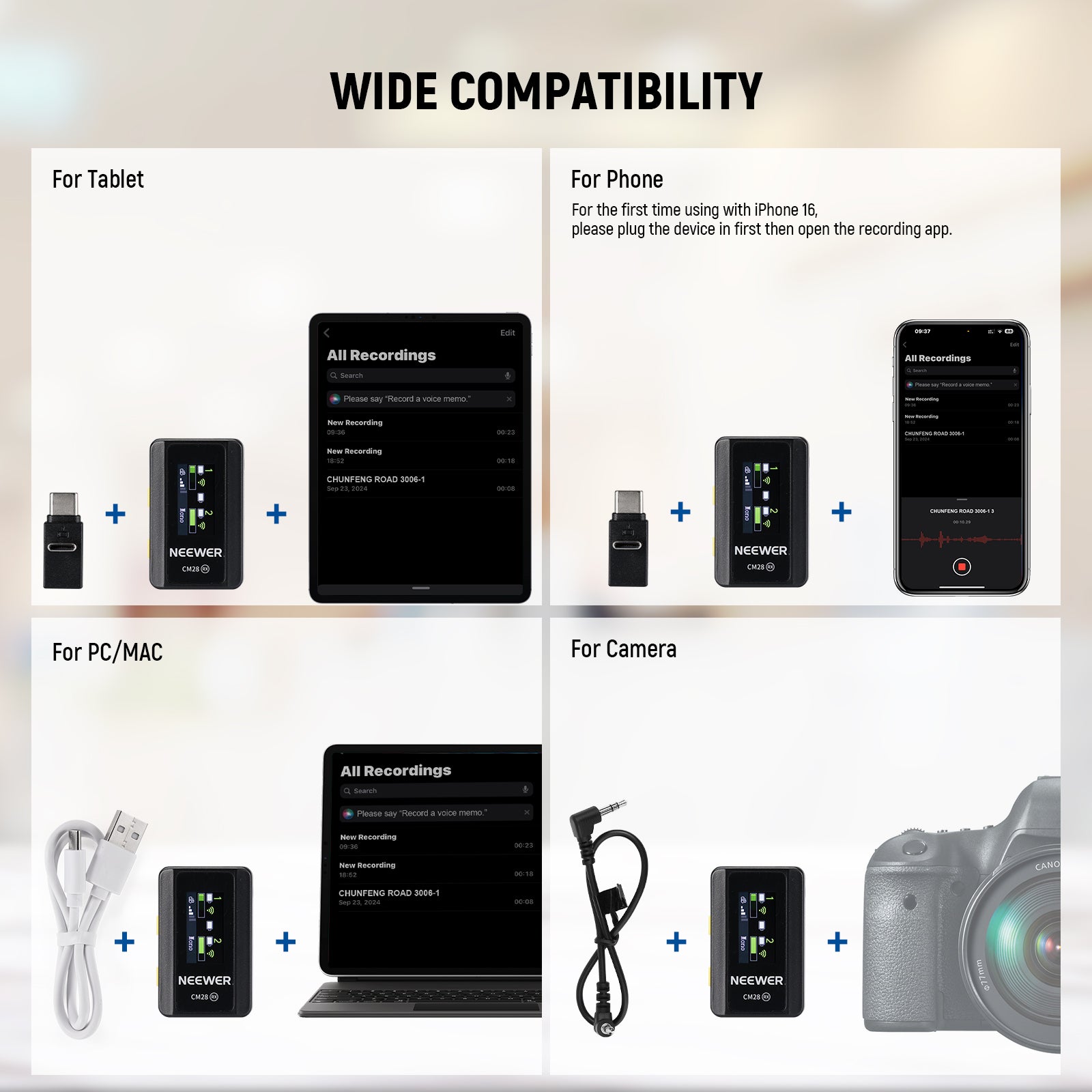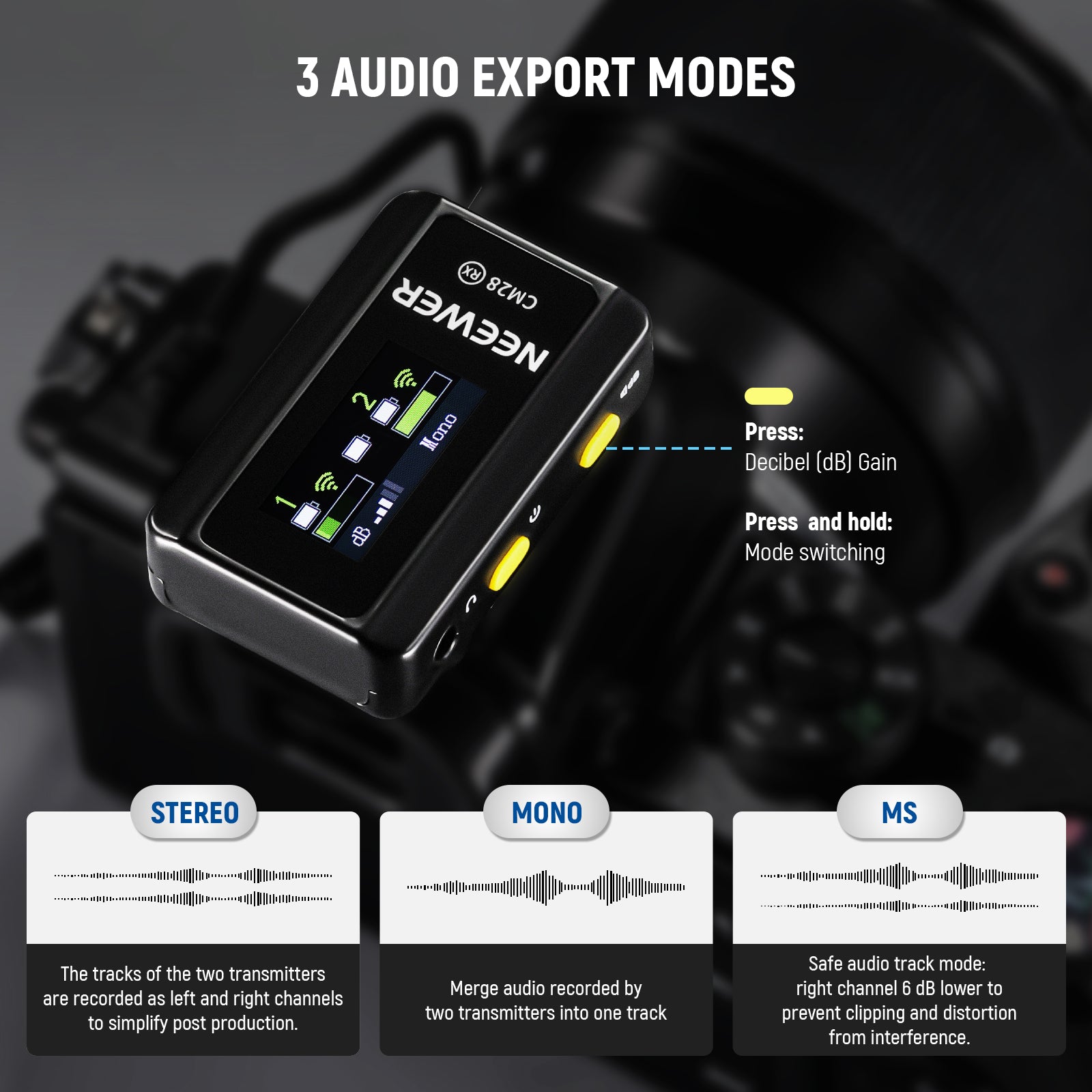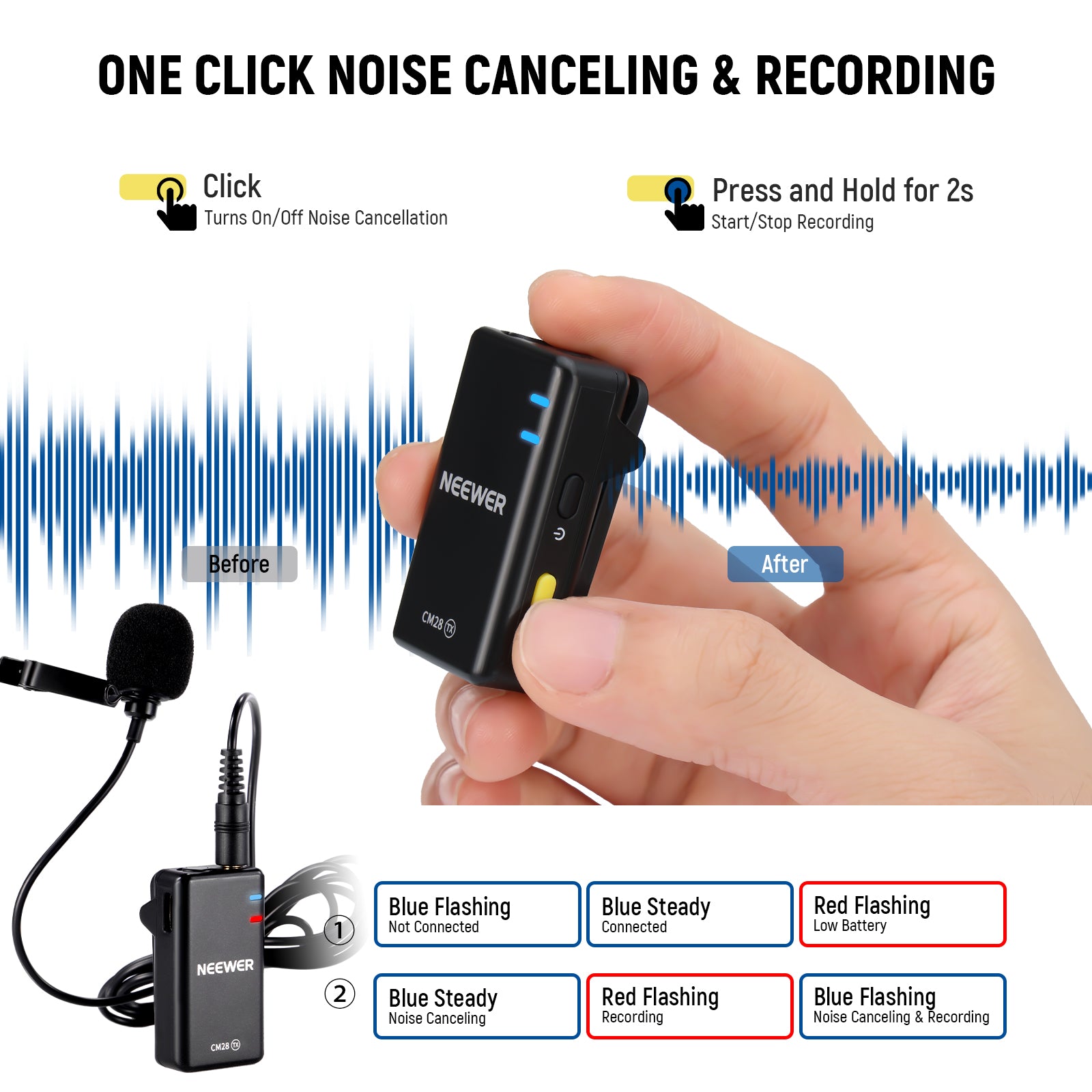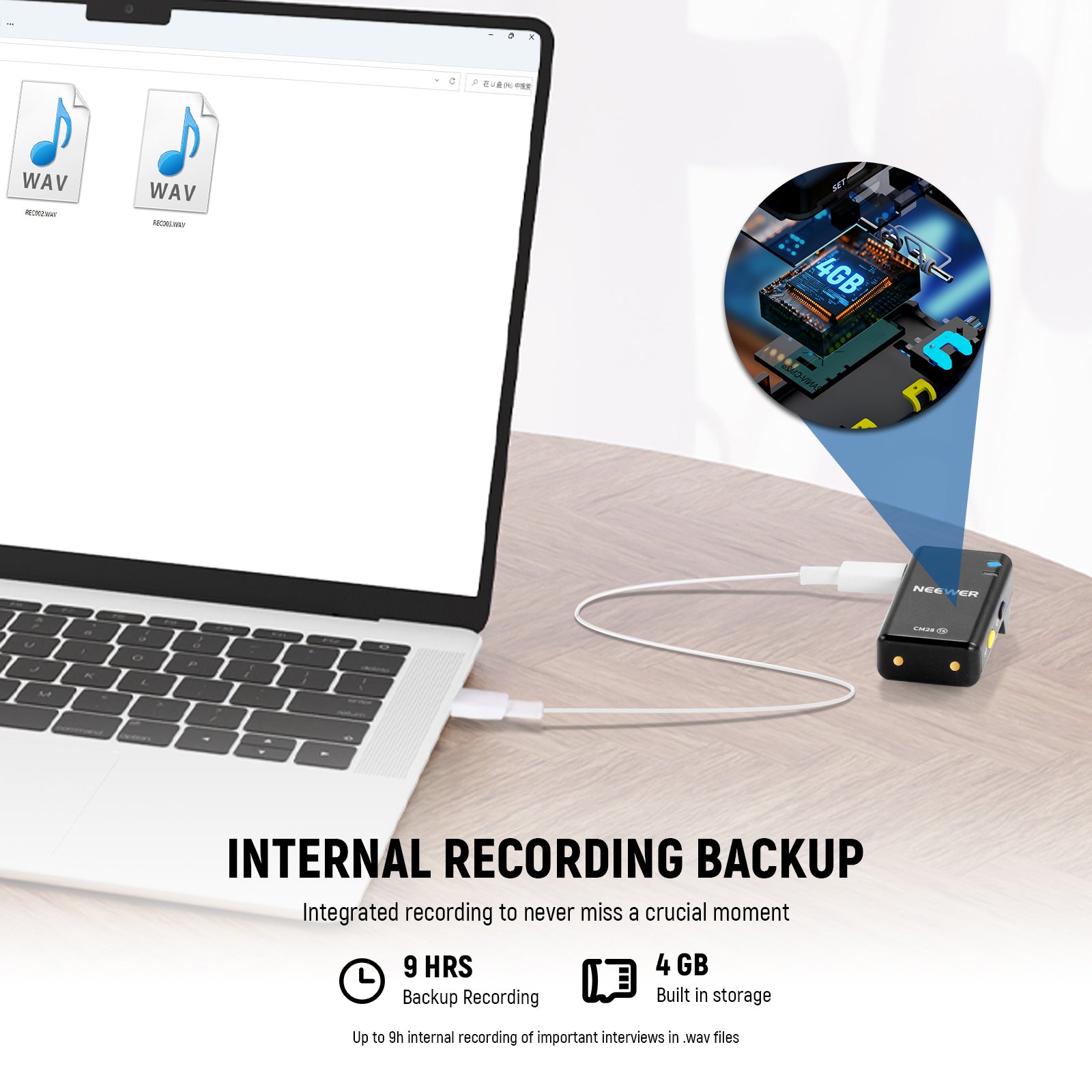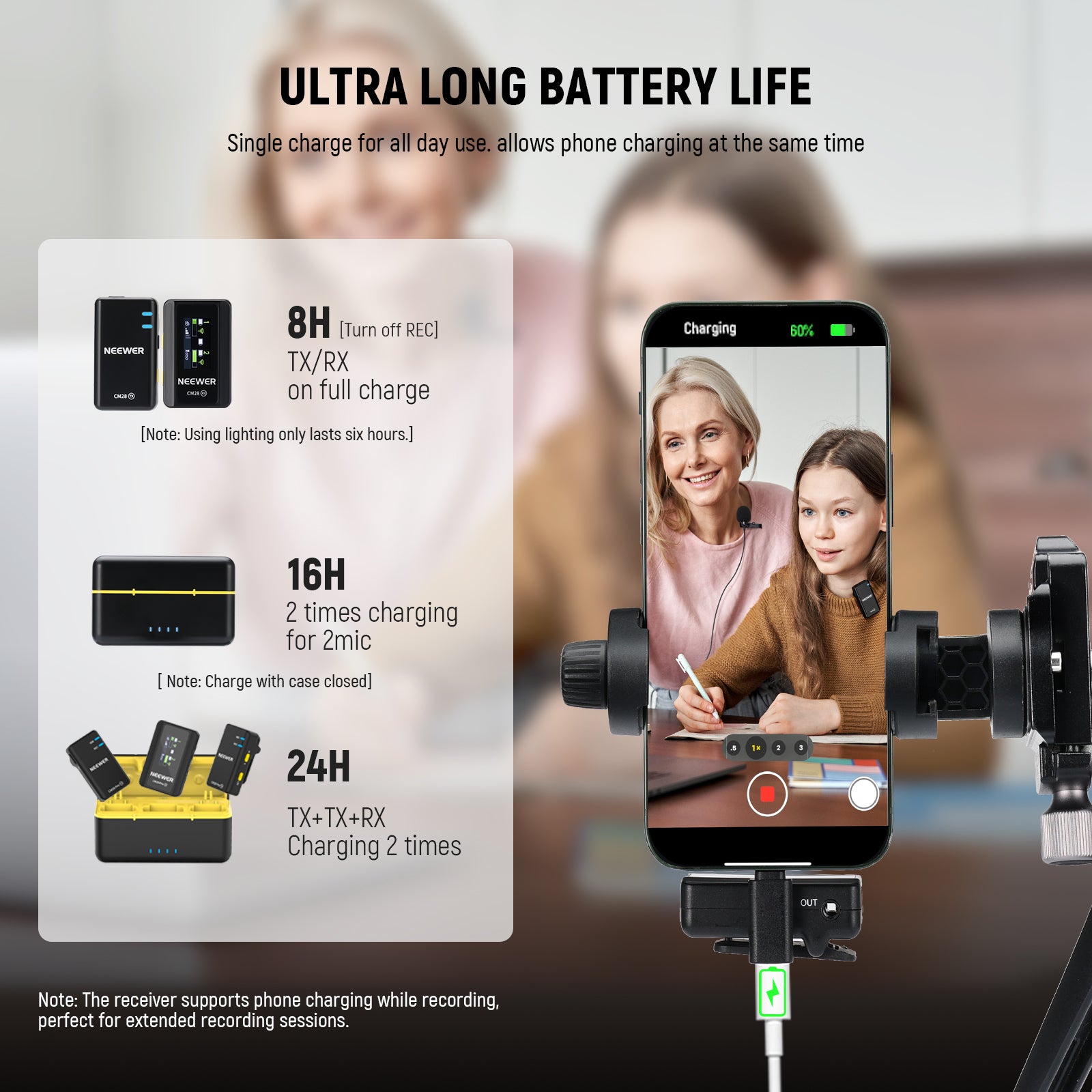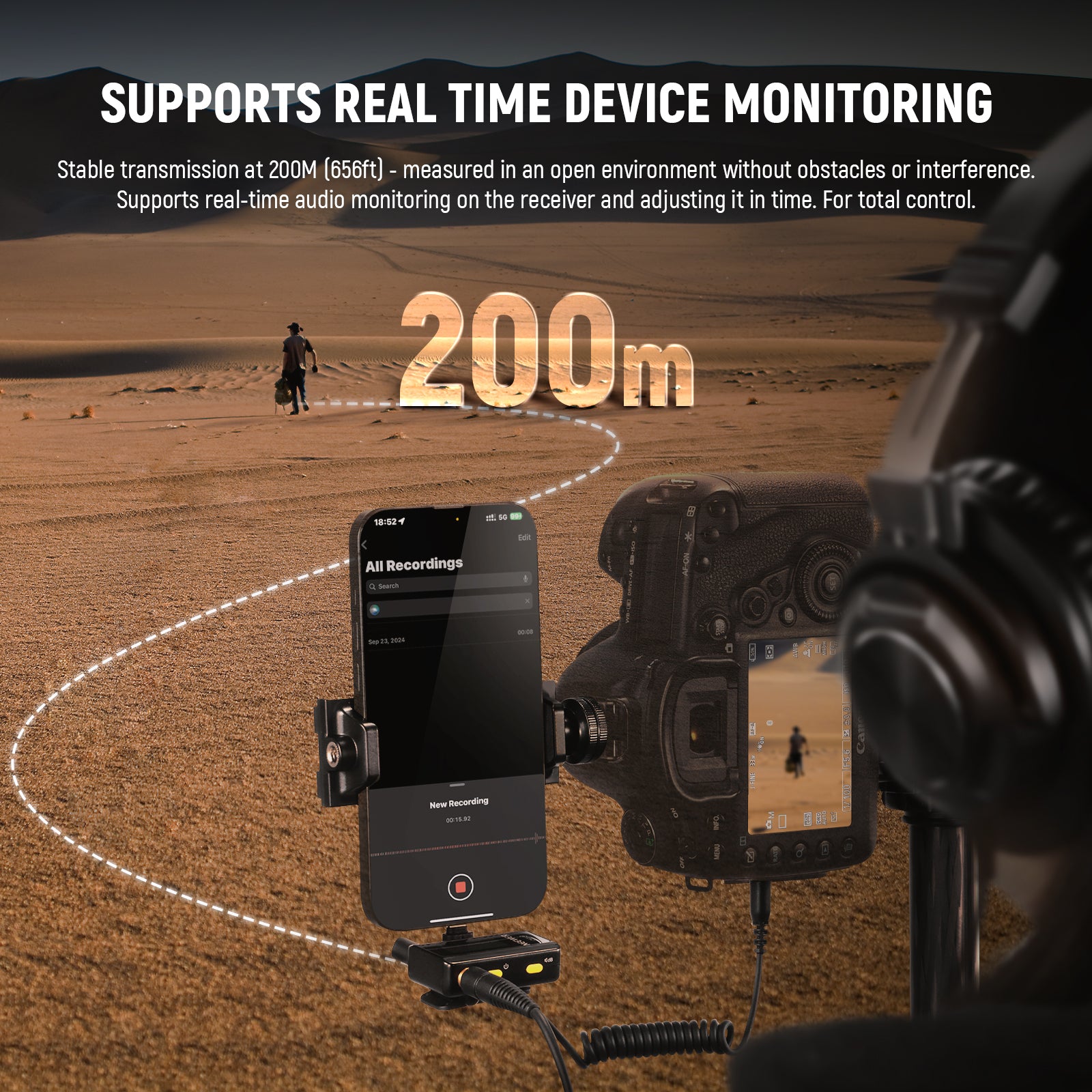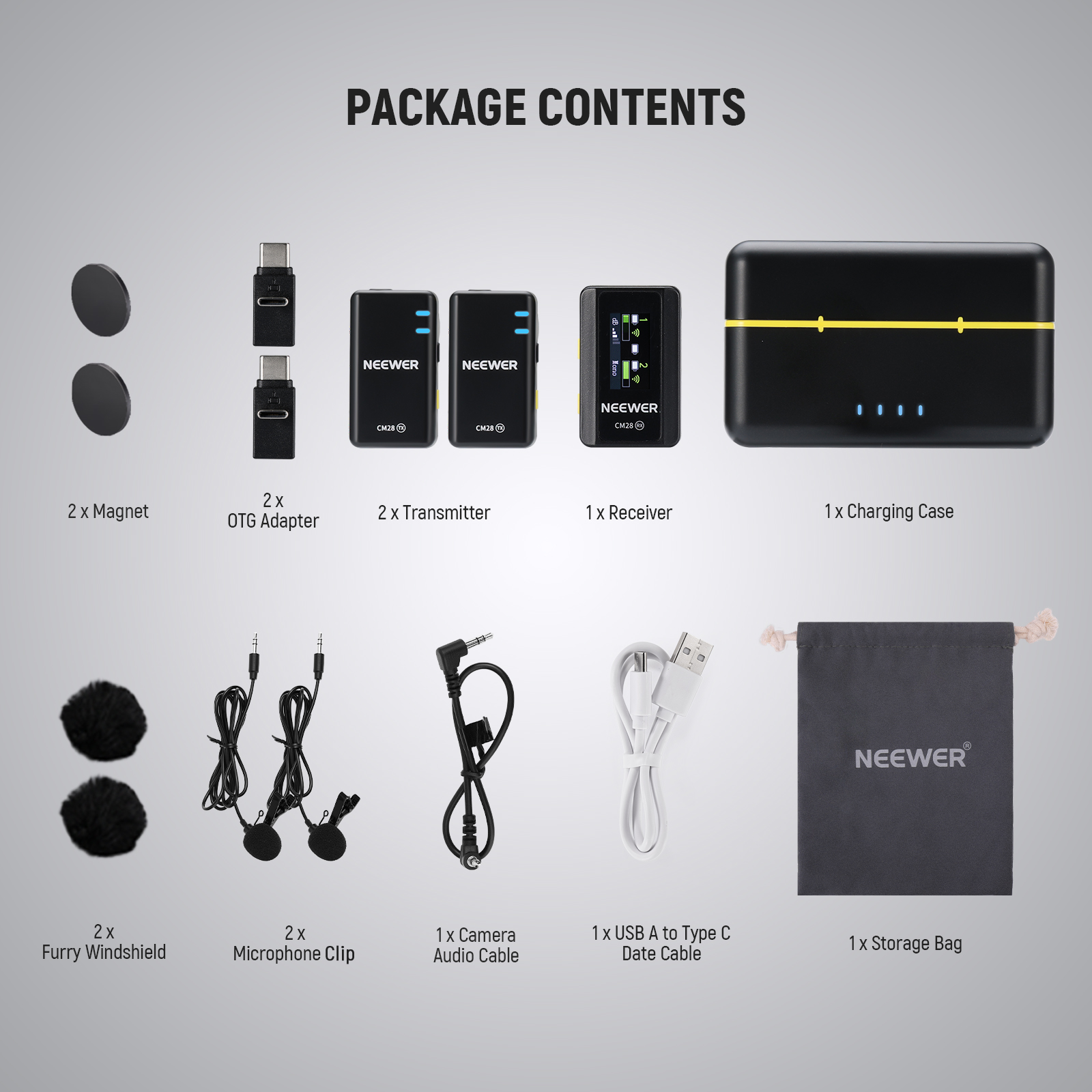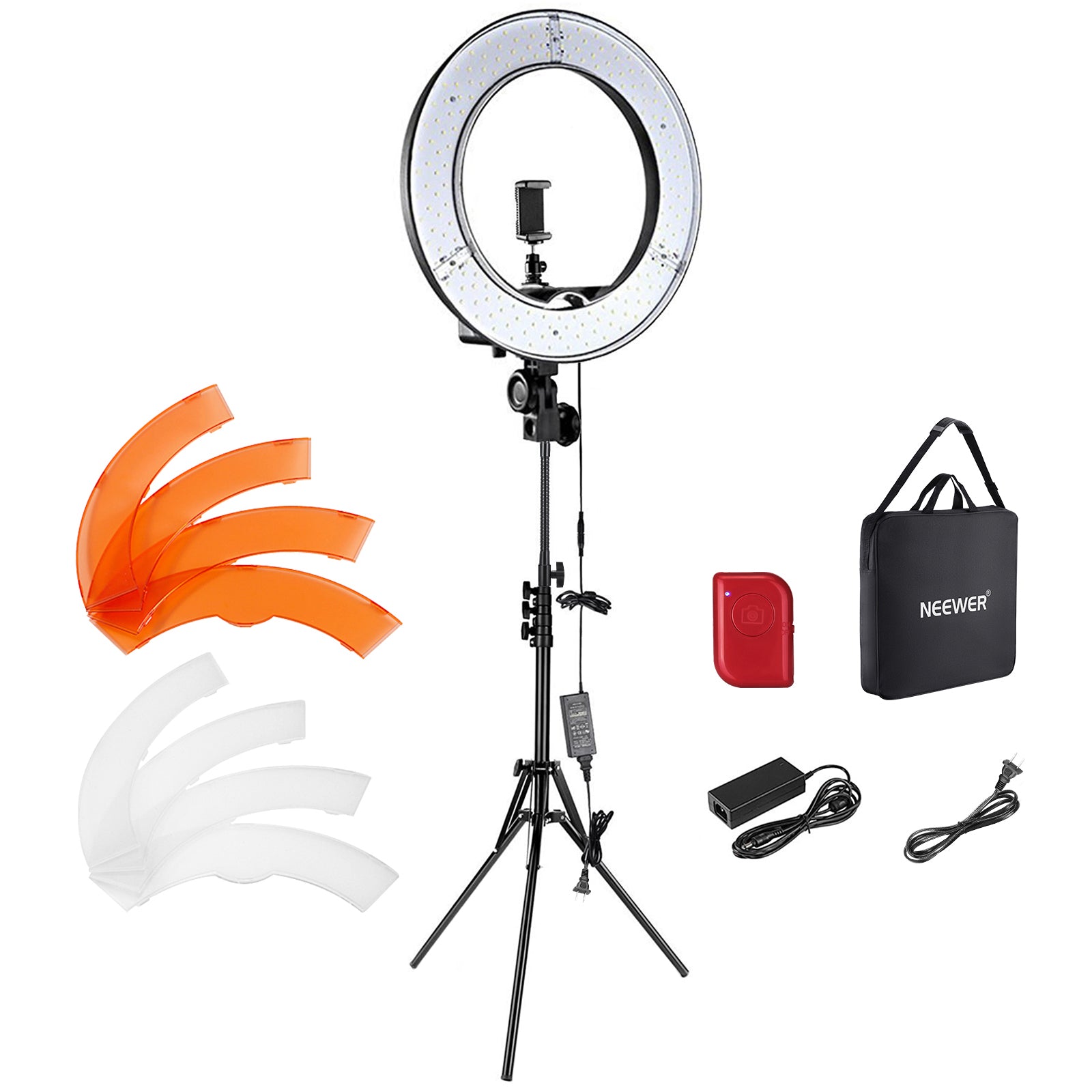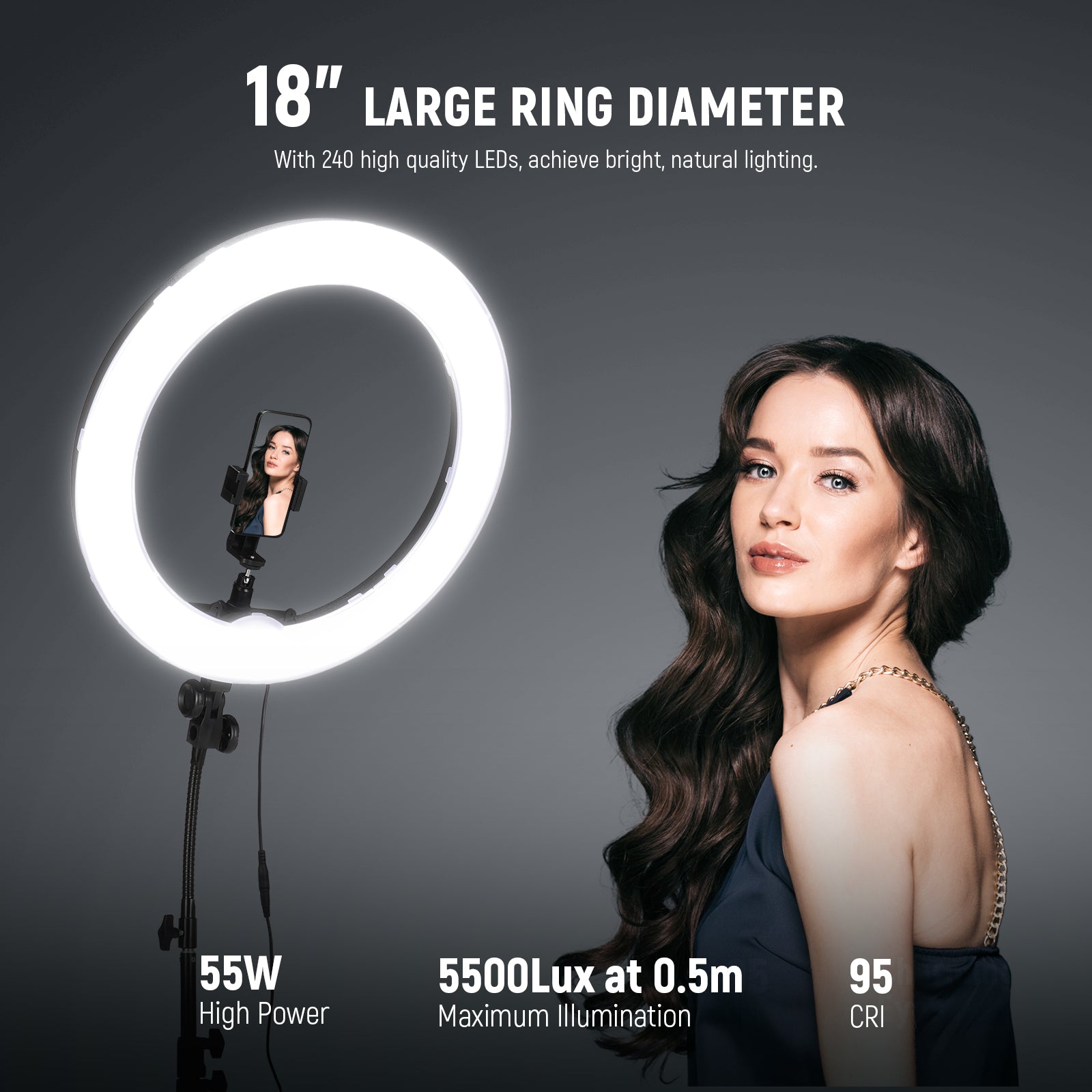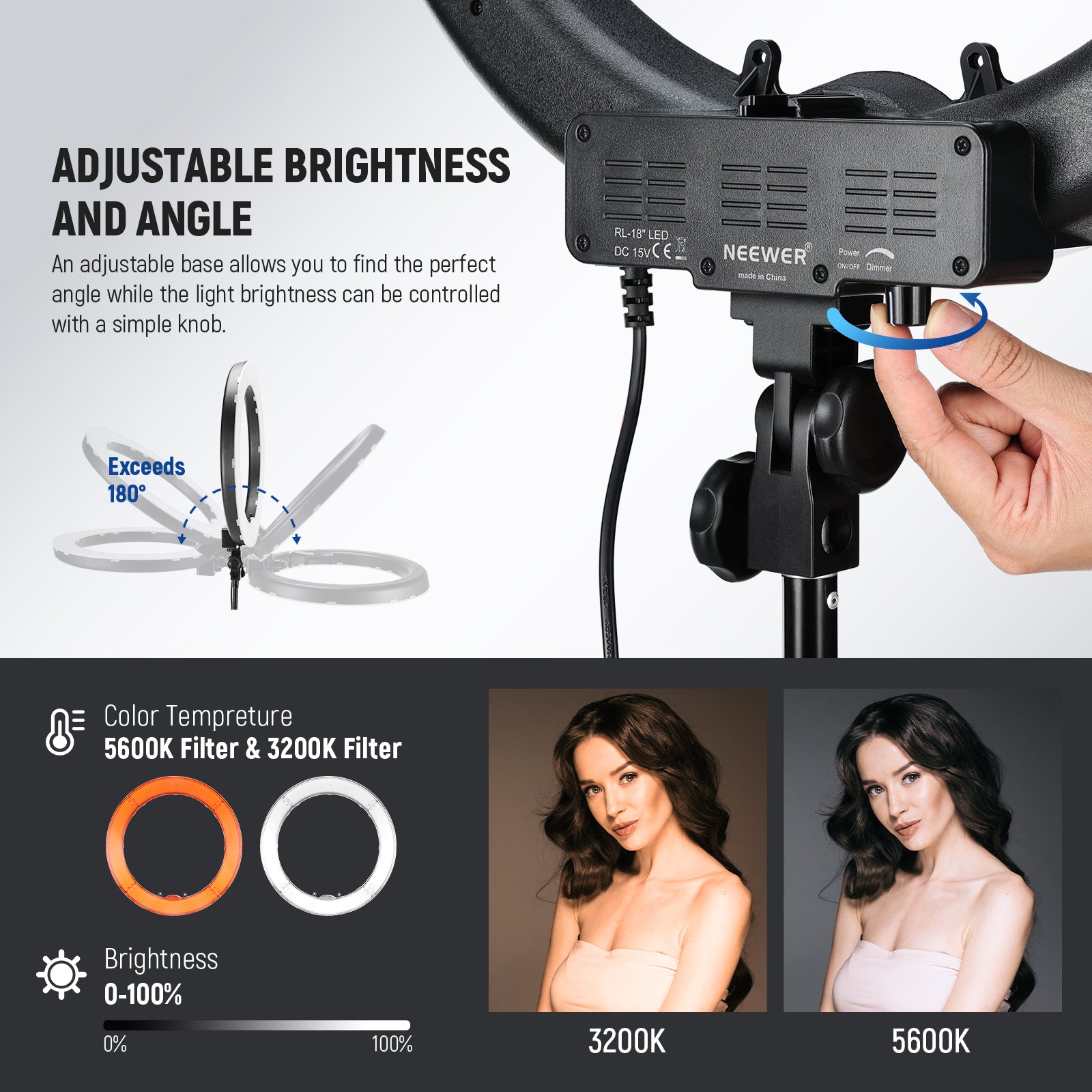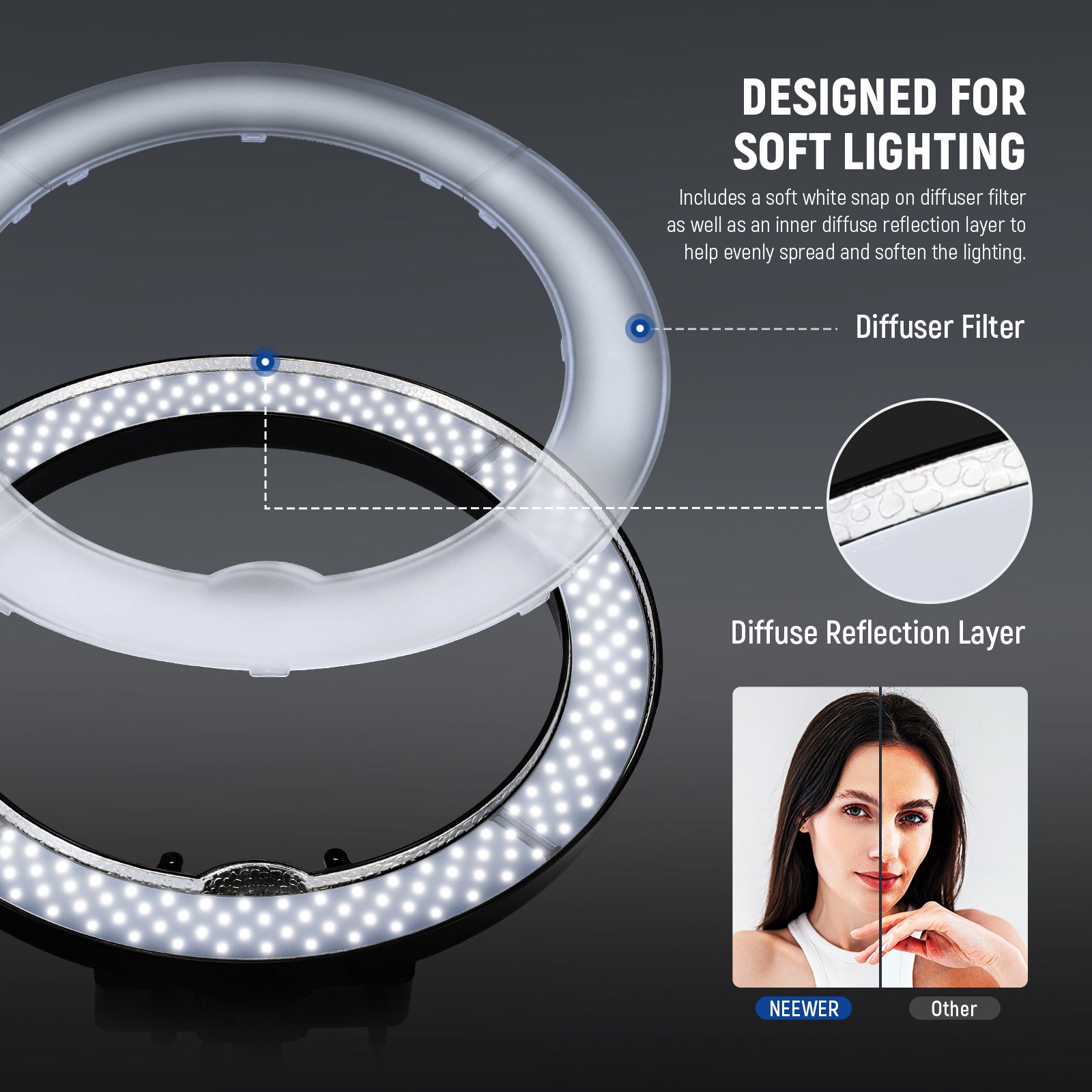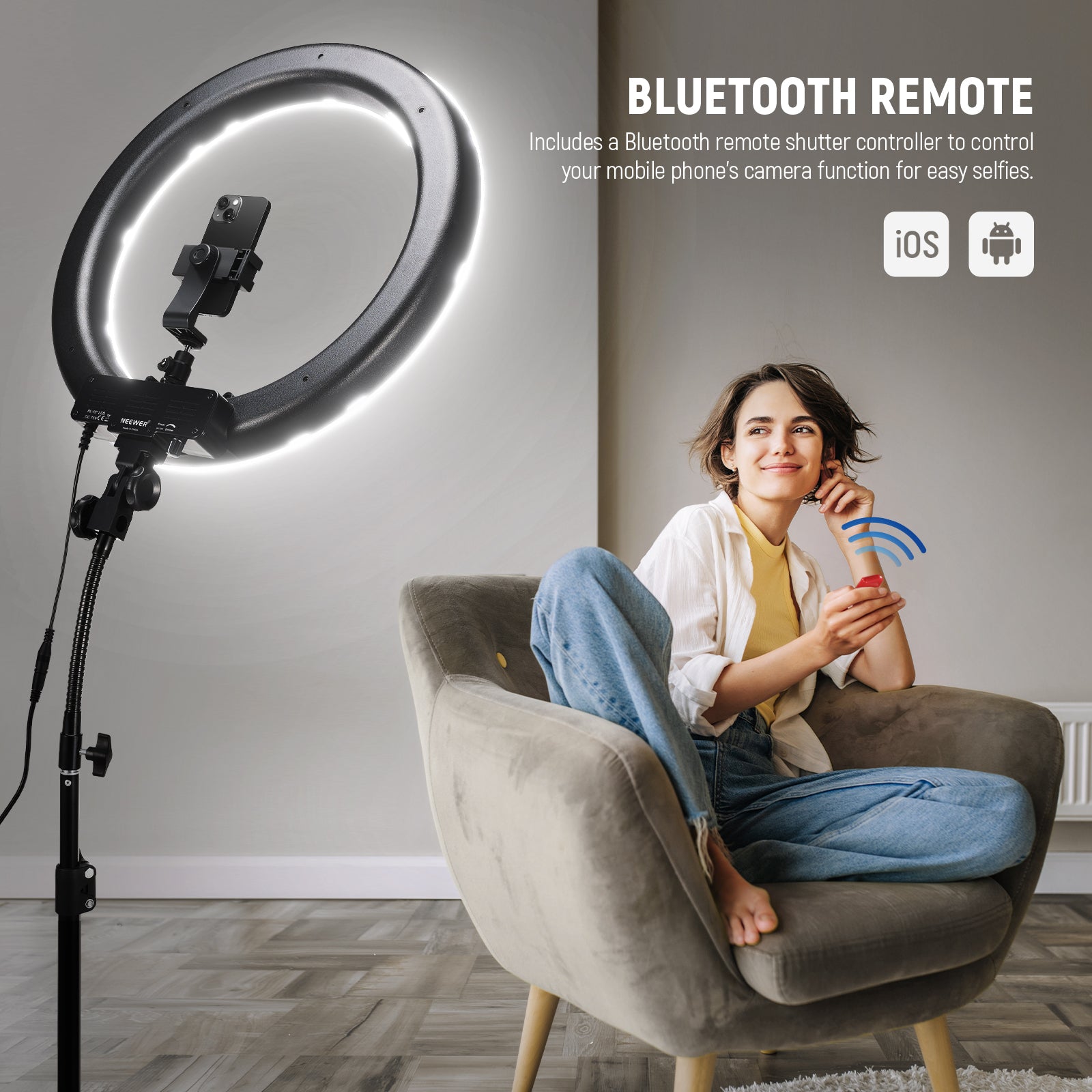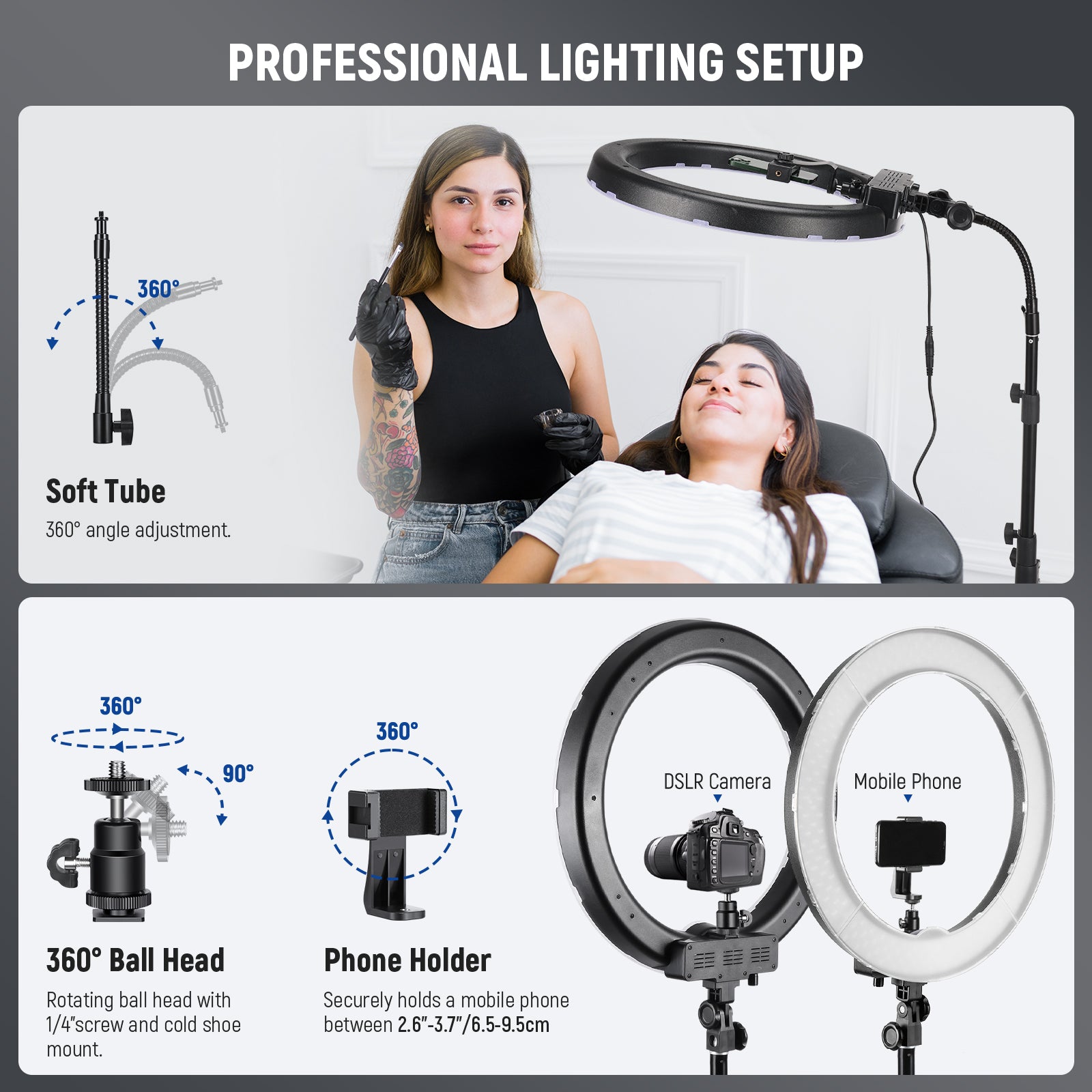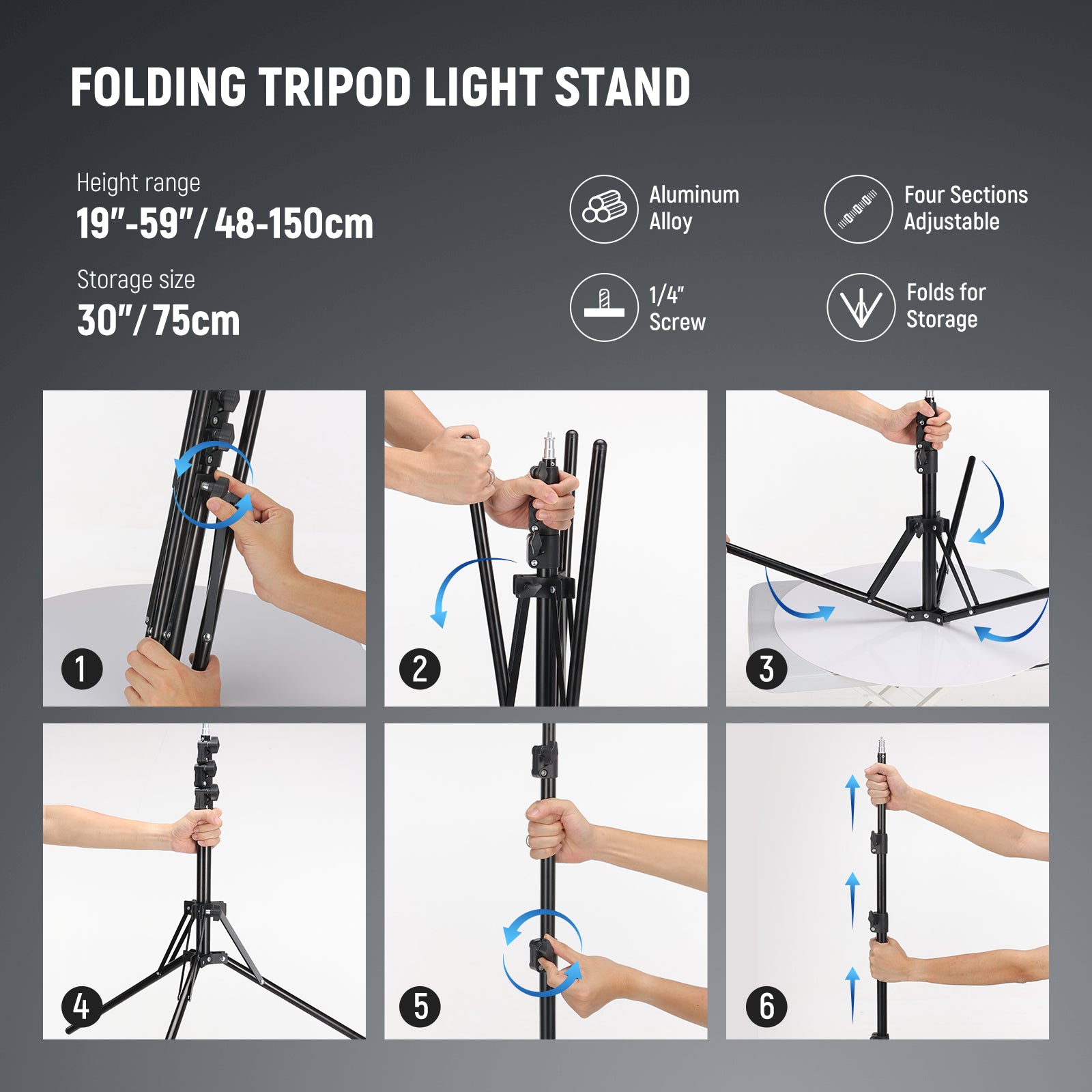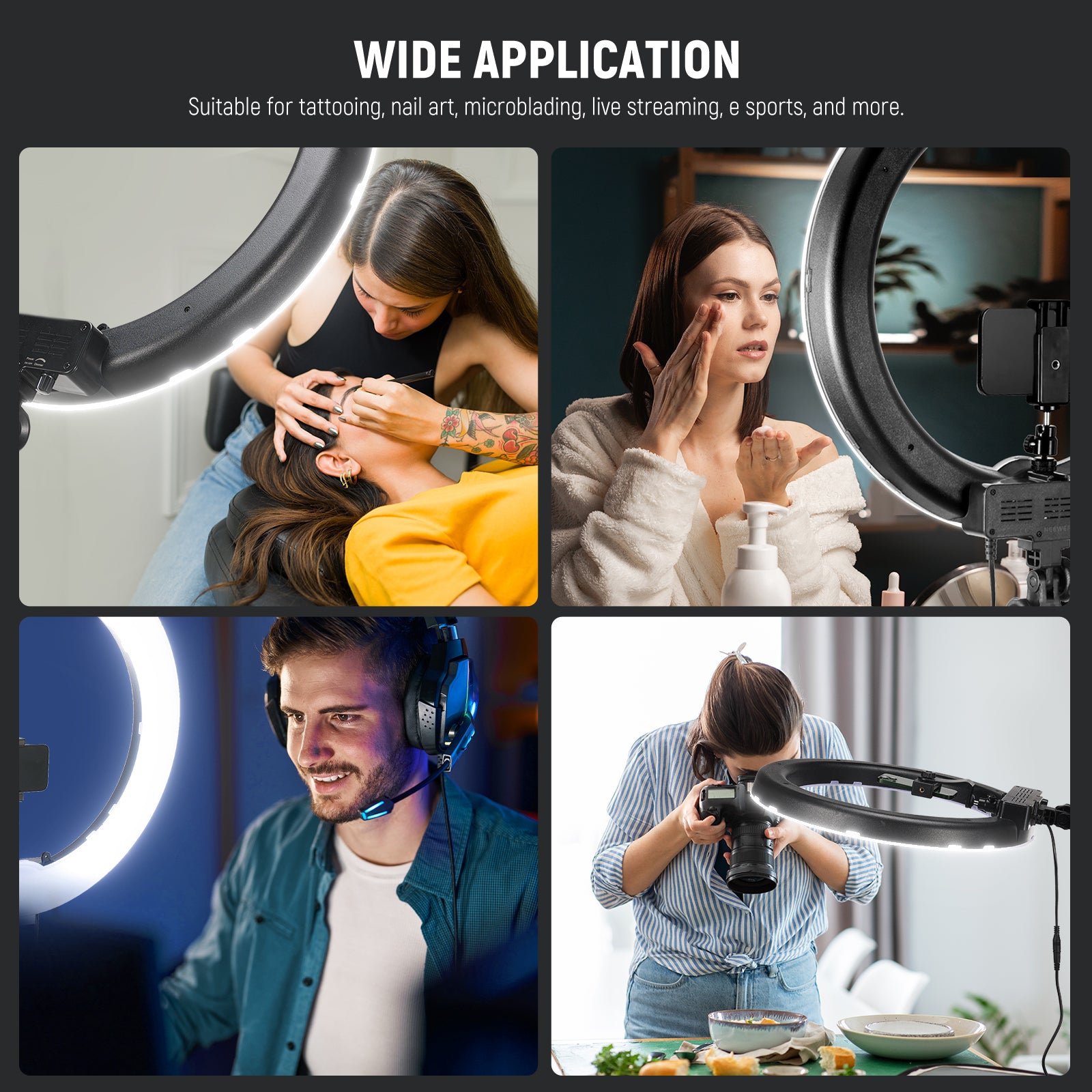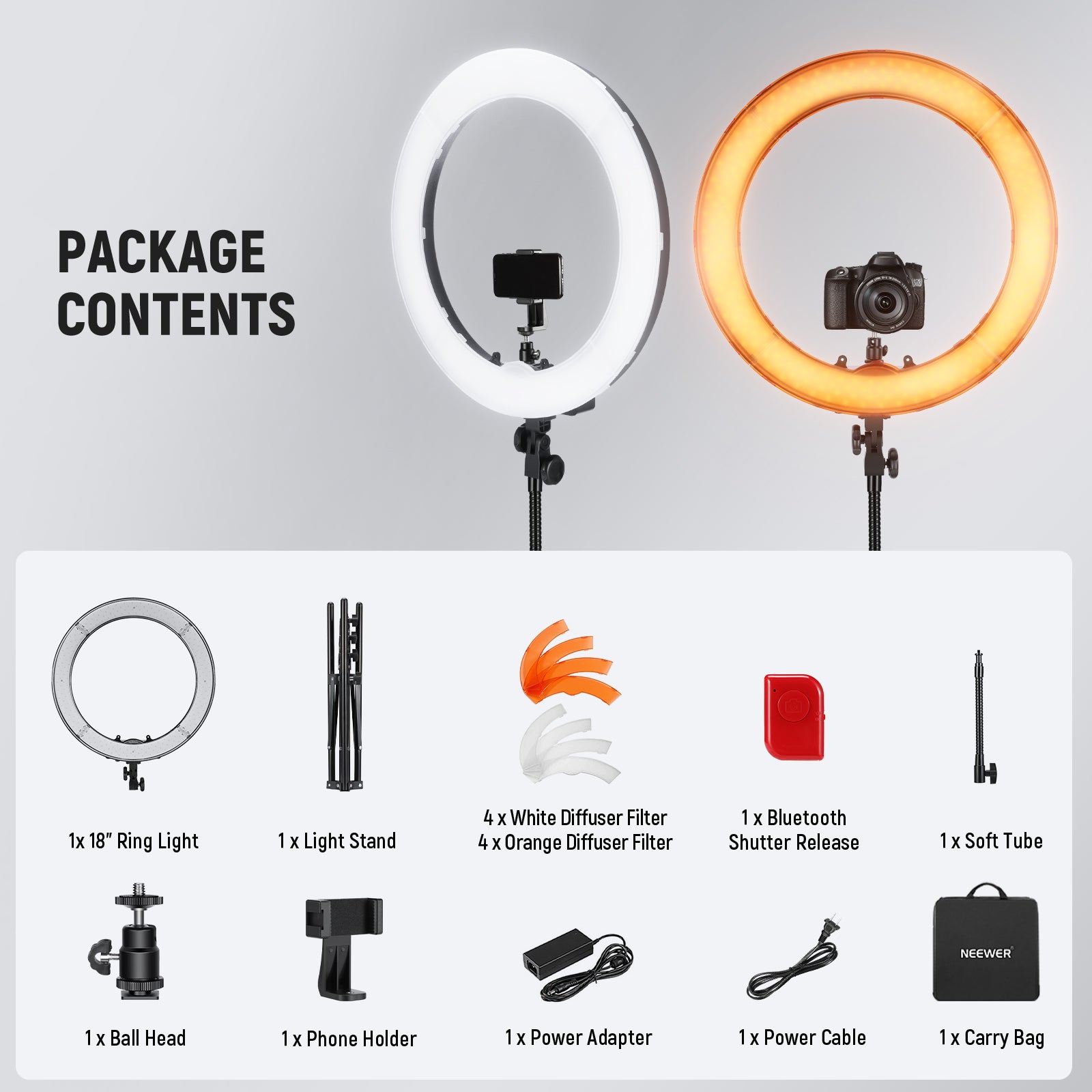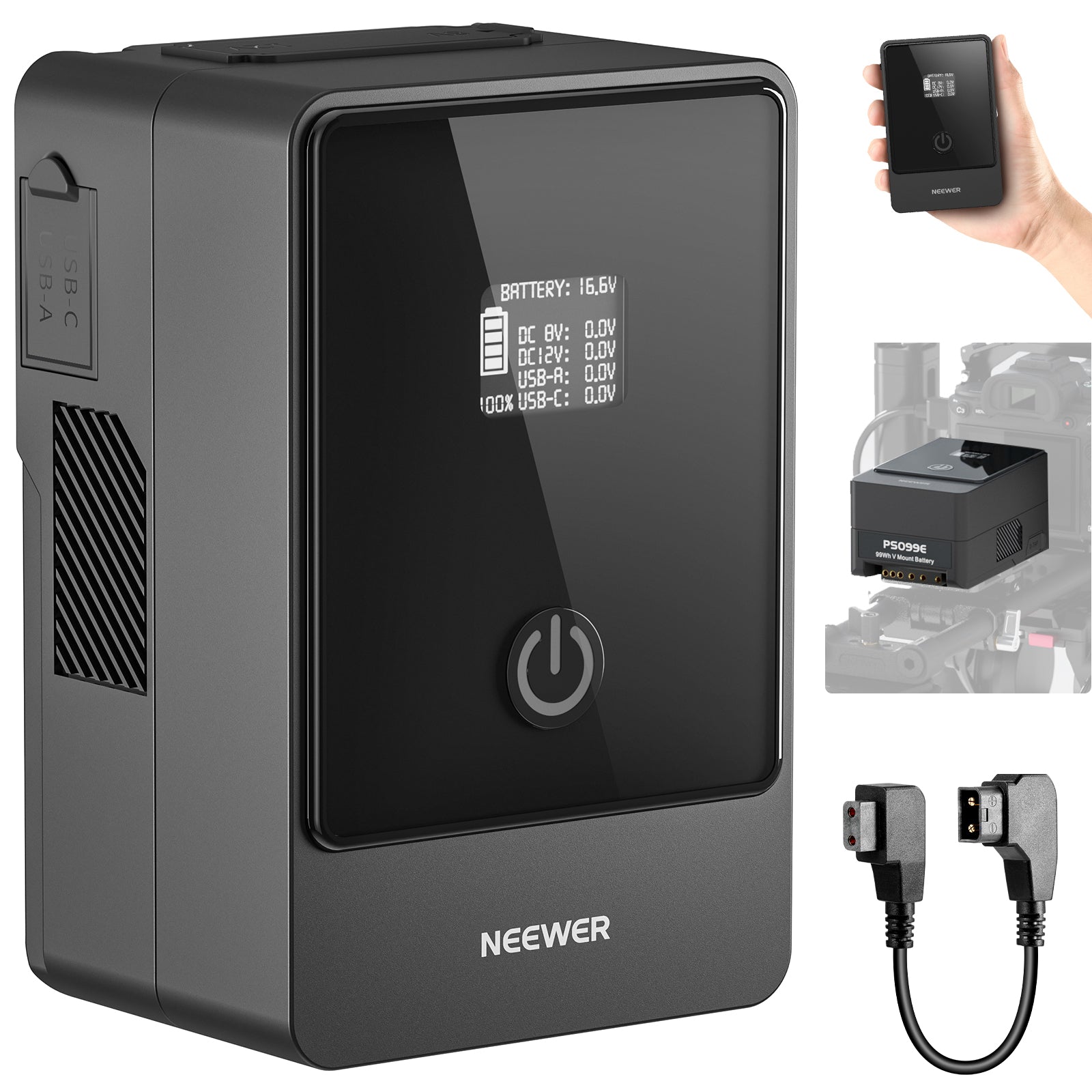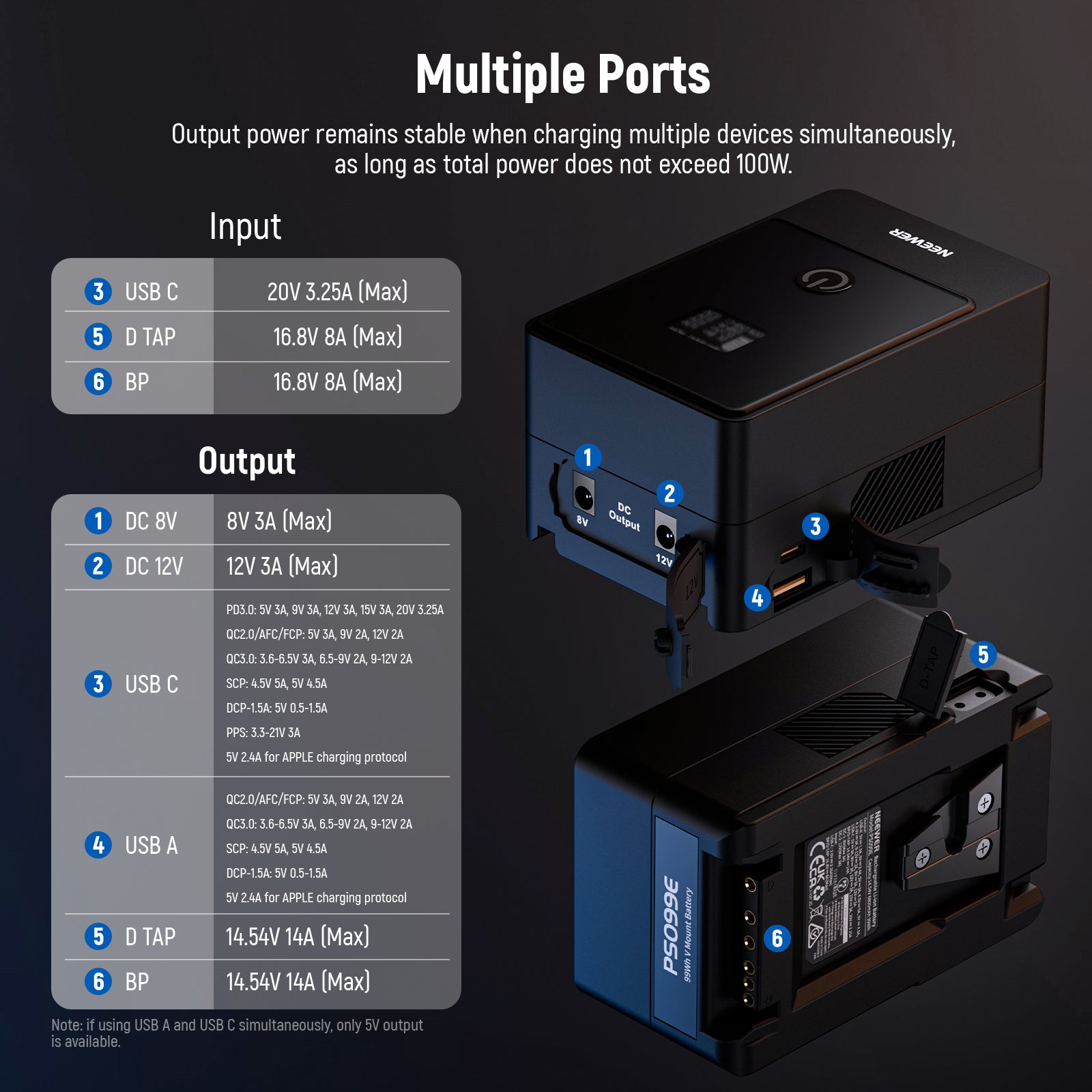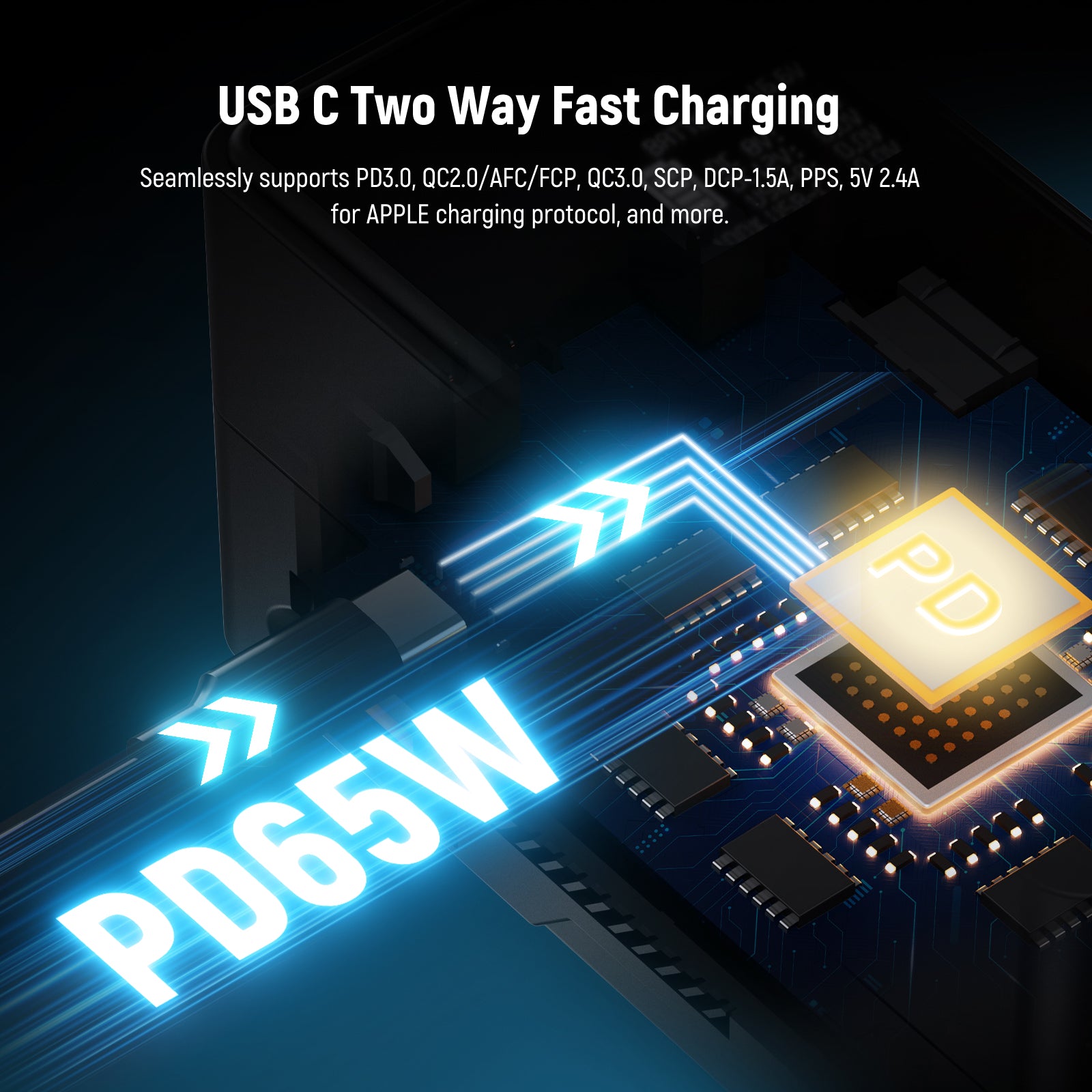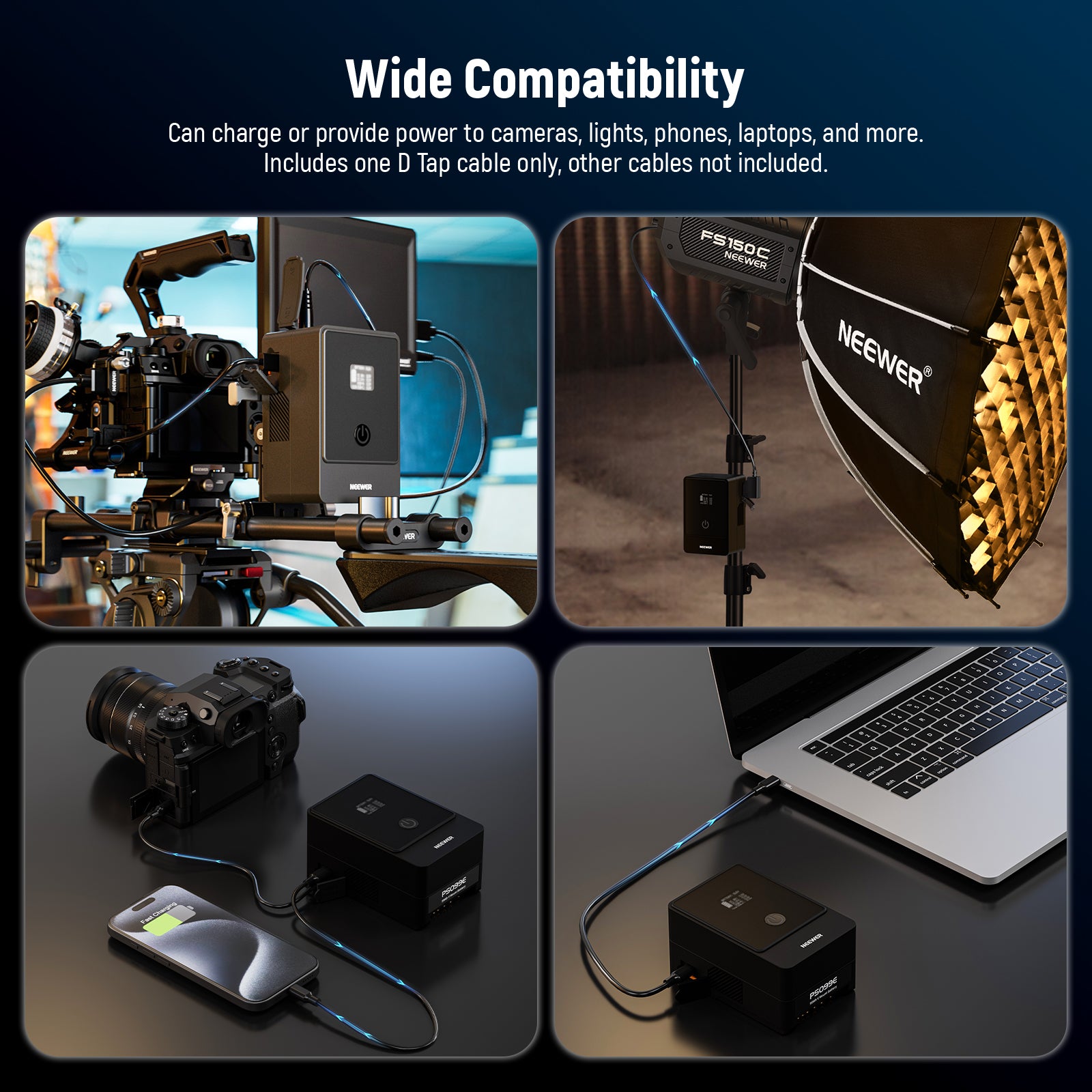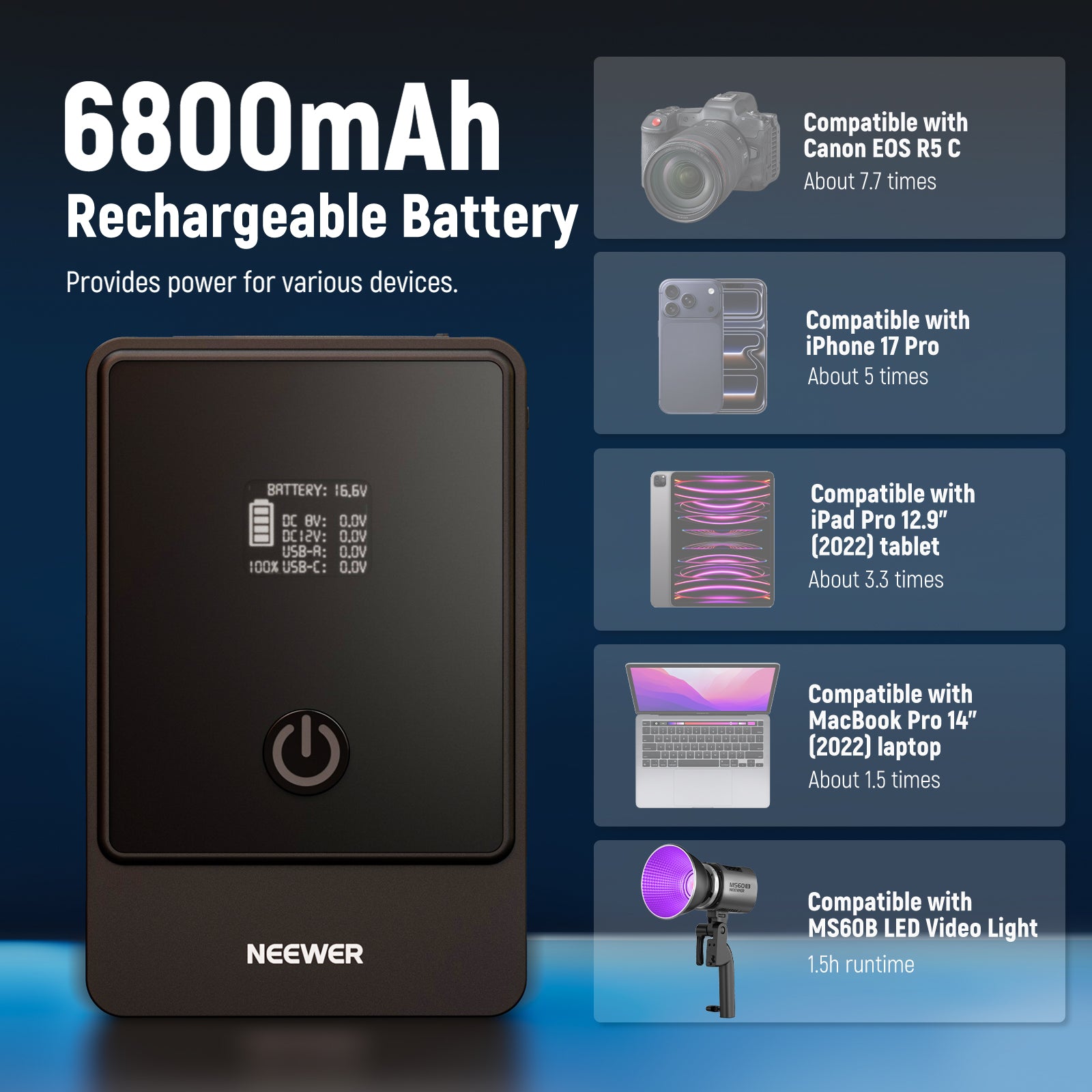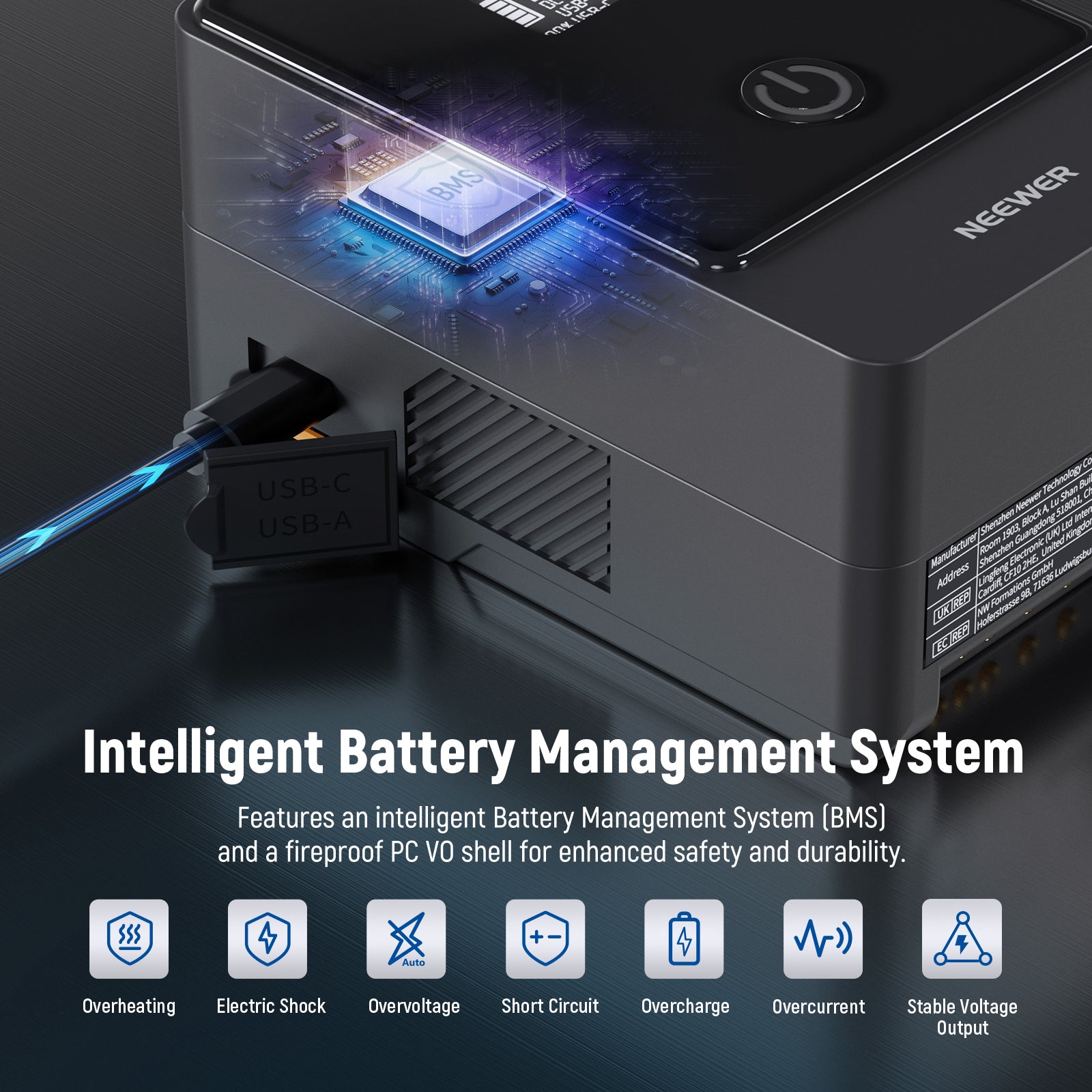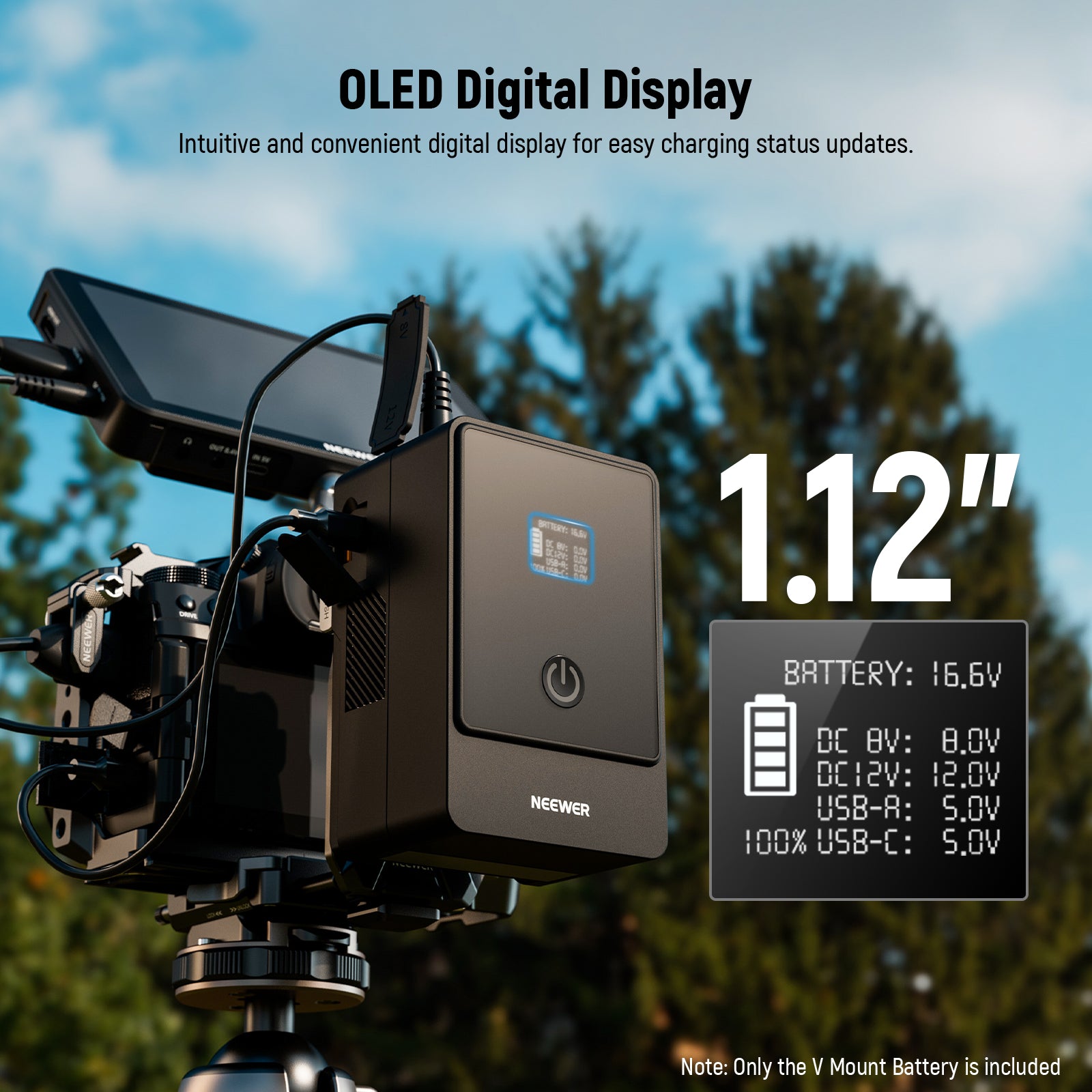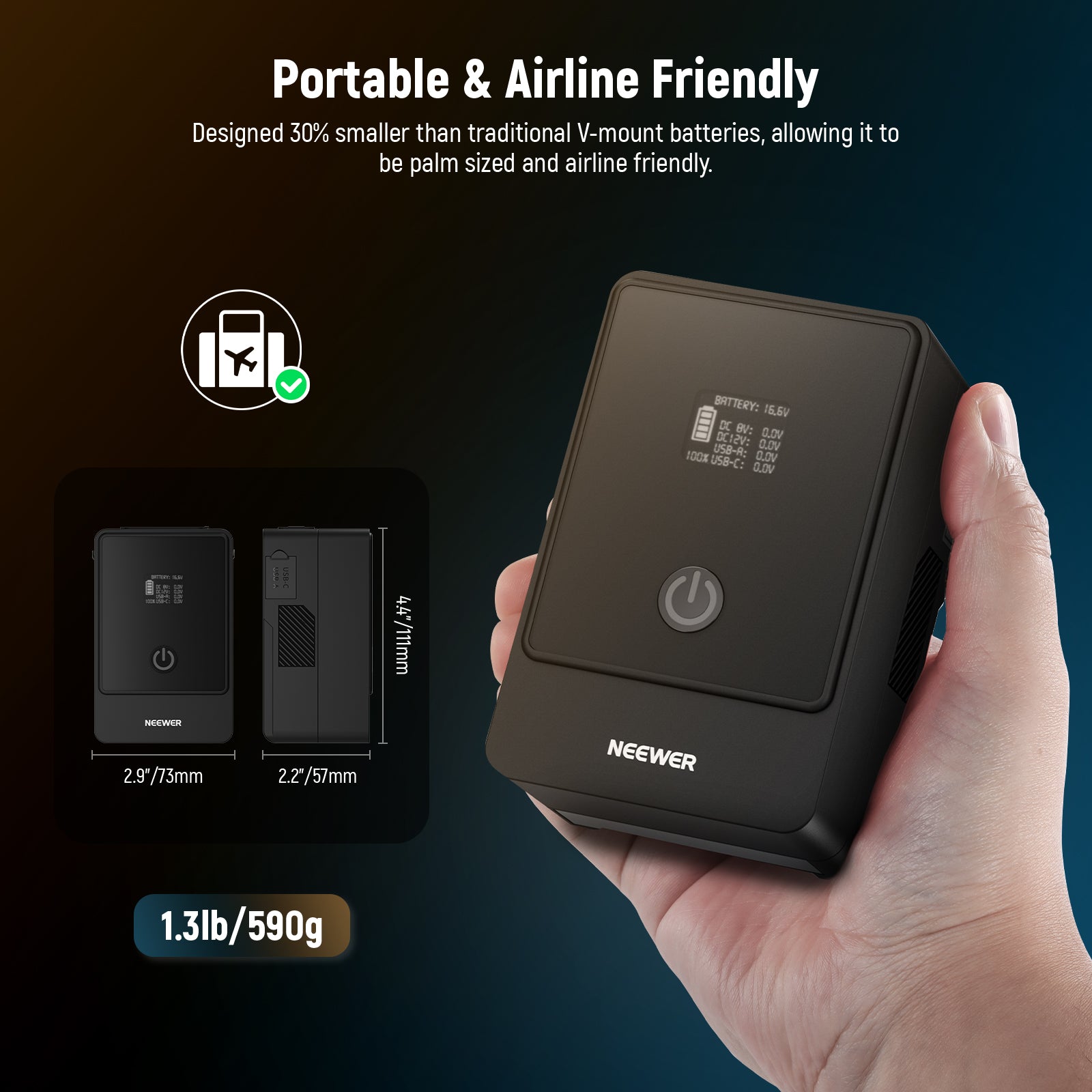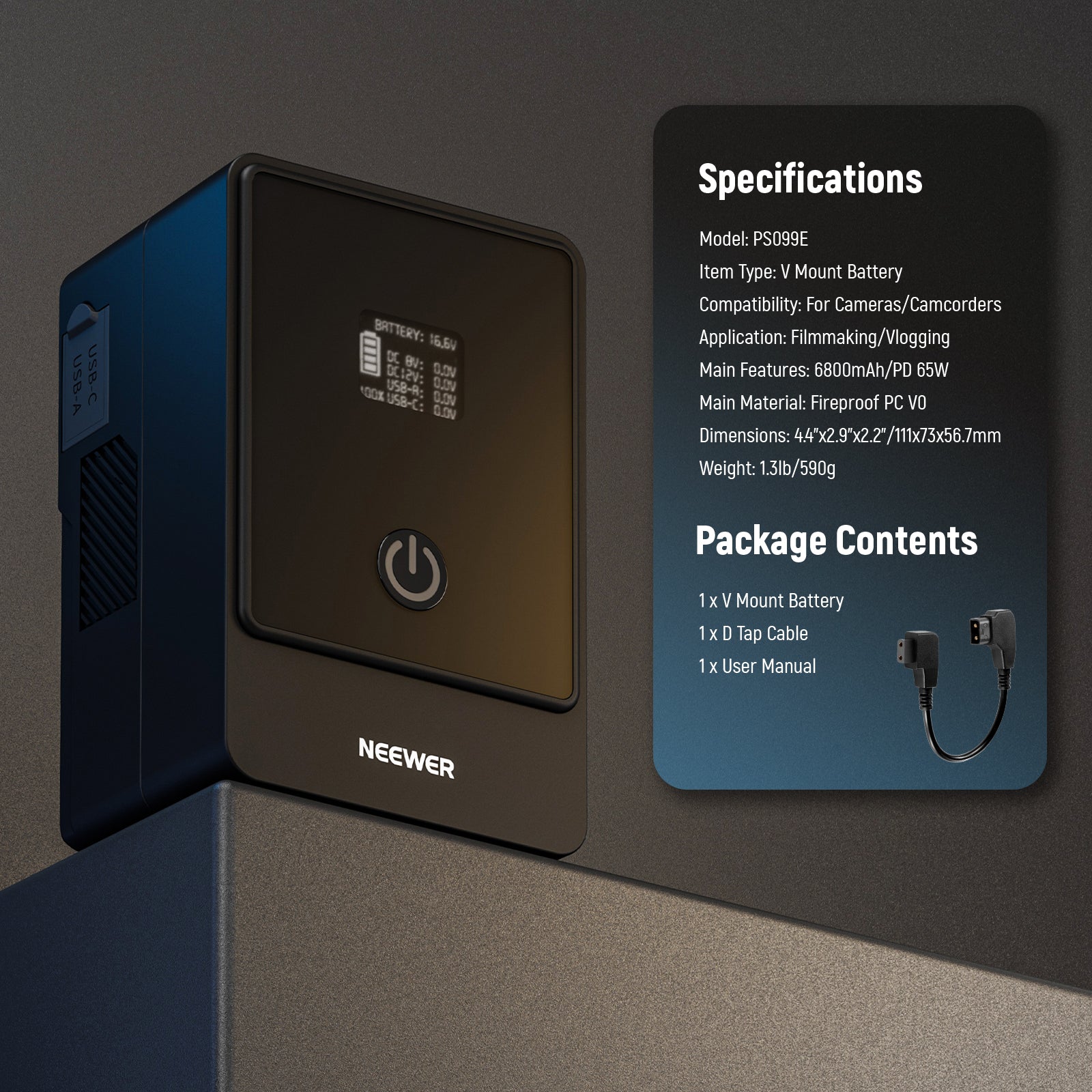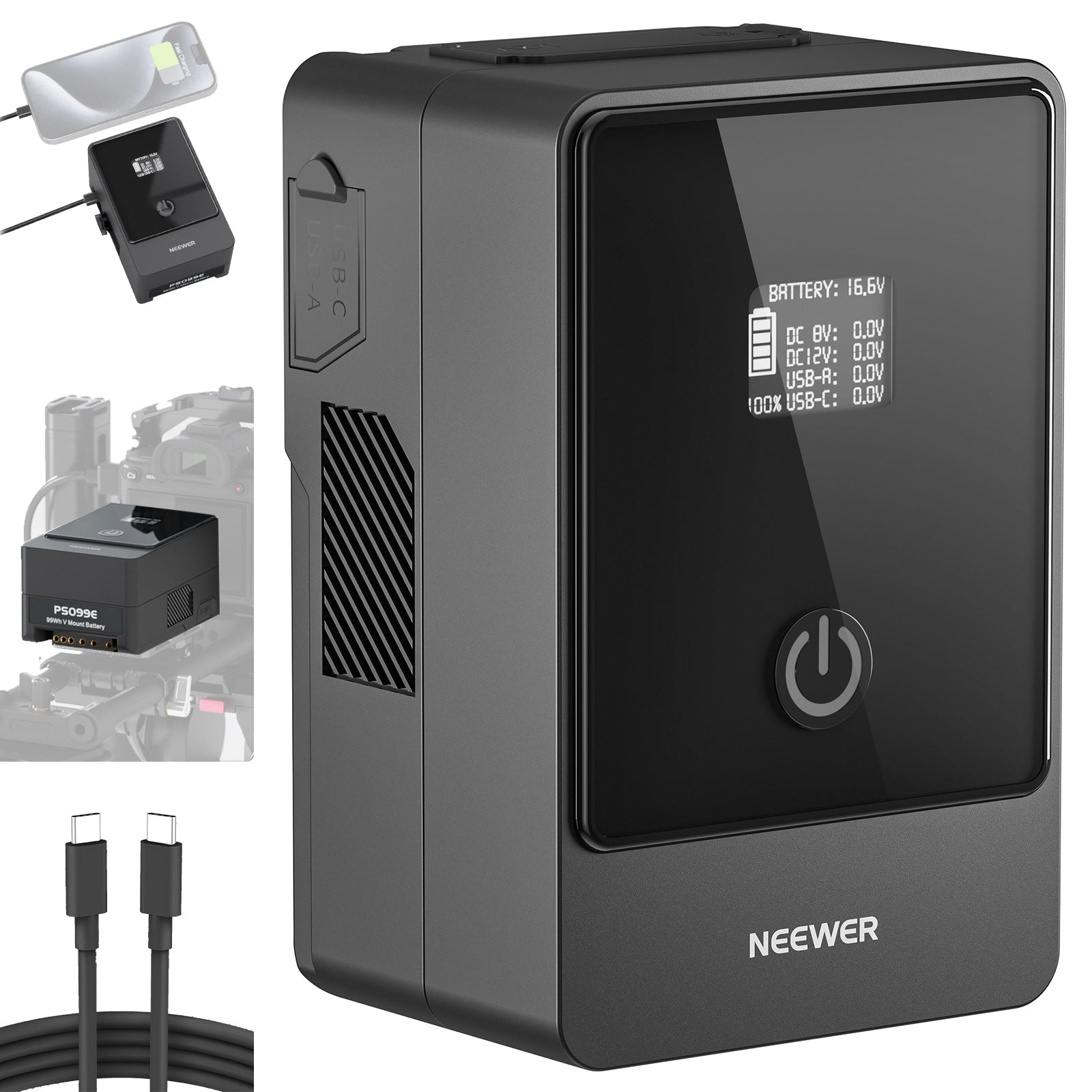Table of Contents
A tripod mounting plate is a small attachment that connects your camera to the tripod head securely. In addition, it can save your time and energy, protect the camera base, and reduce camera shake. In this blog, we cover everything about tripod mounting plates, including uses, types, and more.
What Is a Tripod Mounting Plate?

A tripod mounting plate is a small but essential piece of gear. It connects your camera to the tripod head. Think of it as the bridge between your camera and tripod—it saves you from twisting your camera onto the tripod every time. It’s usually made of metal, often aluminum alloy, and has a screw that attaches directly to your camera’s tripod socket.
Once it’s secured, the plate slides or snaps into the tripod head’s quick-release clamp, locking your camera in place. With a plate, mounting and removing your camera takes only seconds. Many photographers leave the plate attached permanently so they can move quickly between handheld and tripod shooting without losing time or balance.
What Is a Quick Release Plate for Tripods?
A quick release plate is actually one type of tripod mounting plate. It’s part of a quick release system—half of it stays attached to your camera, and the other half stays fixed on the tripod head, which lets you mount or remove your camera from a tripod in just a few seconds. When you’re ready to shoot, you simply slide or snap the plate into the tripod’s clamp until it locks securely. This setup makes a big difference when you’re shooting outdoors or moving between scenes.
What Does a Tripod Mounting Plate Do?

- Speeds Up Mounting and Removal: Keeping the tripod mounting plate attached to your camera at all times. When it’s time to shoot, you simply click it into the tripod head and lock it in place. This saves setup time and makes switching between handheld and tripod use effortless.
- Provides a Secure Connection: The tripod mounting plate firmly attaches your camera to the tripod head using a 1/4-inch screw. It ensures your camera won’t slip or twist, giving you solid stability for both photo and video work.
- Reduces Camera Shake: By creating a tight fit between the camera and tripod, the tripod mounting plate minimizes unwanted vibrations.
- Protects the Camera Base: A well-designed tripod mounting plate spreads out the contact pressure evenly across the camera base, preventing scratches or damage around the mounting screw area.
Tripod Mounting Plate Types: Which One Is Right for You?
|
Type |
Attachment Method |
Compatibility |
Mounting Speed |
Stability |
Weight Support |
Best For |
|
Standard Universal Mount Plates |
1/4-inch screw tightened manually |
Universal |
Slow |
Moderate |
Light to medium |
Beginners, budget photographers |
|
Quick Release Plate |
Sliding or snap-in mechanism with latch |
Brand-specific |
Very fast |
High |
Medium to heavy |
Travel photographers, fast-paced shooting |
|
Arca-Swiss Plate |
Dovetail rail system |
Widely compatible across brands |
Fast |
Excellent |
Heavy-duty |
Professionals using multiple systems |
|
Custom Camera Plate |
Tailored contour for a specific camera model |
Model-specific |
Moderate |
Excellent |
Heavy-duty |
Studio photographers, long-lens users |
1. Standard Universal Mount Plates
These are the most basic and widely used plates. They attach to your camera with a 1/4-inch screw and fit most tripods. Ideal for casual photographers who need a simple, reliable setup. You twist the screw by hand or with a coin, and it stays firmly in place.
2. Quick Release Plates

These plates let you attach or remove your camera in seconds. They slide or snap into a matching quick-release clamp on the tripod head. Perfect for photographers who switch between handheld and tripod shooting often, such as wedding or event shooters.
3. Arca-Swiss Type Plates
A favorite among professionals, these plates follow a universal standard that works with many brands. They have a dovetail design for precise and secure locking. Great for those who use multiple tripod heads, sliders, or gimbals and want cross-compatibility.
4. Custom-Fit or Camera-Specific Plates
These are designed for specific camera models to match their base shape perfectly. They offer maximum stability and prevent twisting, especially when using heavy lenses. Commonly found in L-bracket setups or high-end photography rigs.
Are Tripod Mounting Plates Universal?
Not all tripod mounting plates are universal. While many plates use the standard 1/4"-20 screw that fits most cameras, the real difference comes from the plate design and quick-release system. If you want maximum flexibility, choose a plate that follows the Arca-Swiss standard or ensure all your equipment uses the same system.
How to Choose a Tripod Mounting Plate for Stable Shots?

1. Match the Plate to Your Tripod Head System
Start by checking what system your tripod head uses — not all tripod mounting plates fit all heads. Arca-Swiss is the most common standard and works across many brands, while others use proprietary quick-release systems. Before buying, check if your head has a clamp style or a dovetail groove. Using the wrong type can cause your camera to wobble or even slip during shooting.
2. Consider Size and Balance for Your Setup
Different cameras need different tripod mounting plate sizes. A compact mirrorless camera feels balanced on a small plate, but a DSLR or rig with a long lens needs an extended or dual-screw plate to spread the weight evenly. If your setup includes a cage, microphone, or monitor, choose a longer plate that supports the full rig. The right size helps maintain center balance and keeps your footage steady.
3. Choose the Right Material for Durability
Aluminum alloy tripod mounting plates are the go-to for most photographers because they balance strength and weight. Carbon fiber is lighter but pricier, while plastic plates suit small cameras or travel kits. A solid metal plate holds tight under heavy gear and resists flexing when you tilt your camera for low or high angles. If you shoot outdoors often, pick one with anodized coating to avoid corrosion.
4. Prioritize Grip and Anti-Twist Design
A good tripod mounting plate should hold your camera firmly, without shifting under pressure. Look for anti-slip rubber pads or anti-twist pins that prevent rotation when adjusting angles. This detail matters most for long exposures, macro, or telephoto shots, where even tiny movements can blur your image. When mounting, tighten it fully but avoid over-torquing — balance is key to long-term stability.

